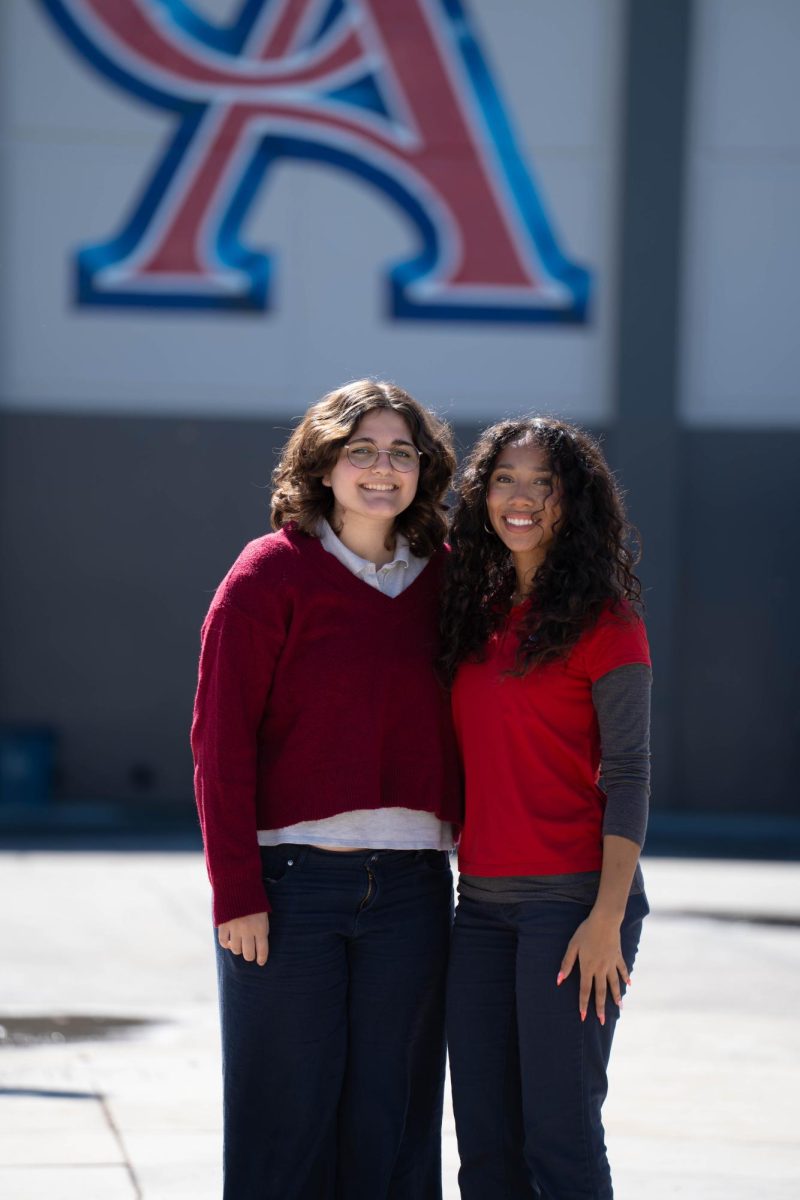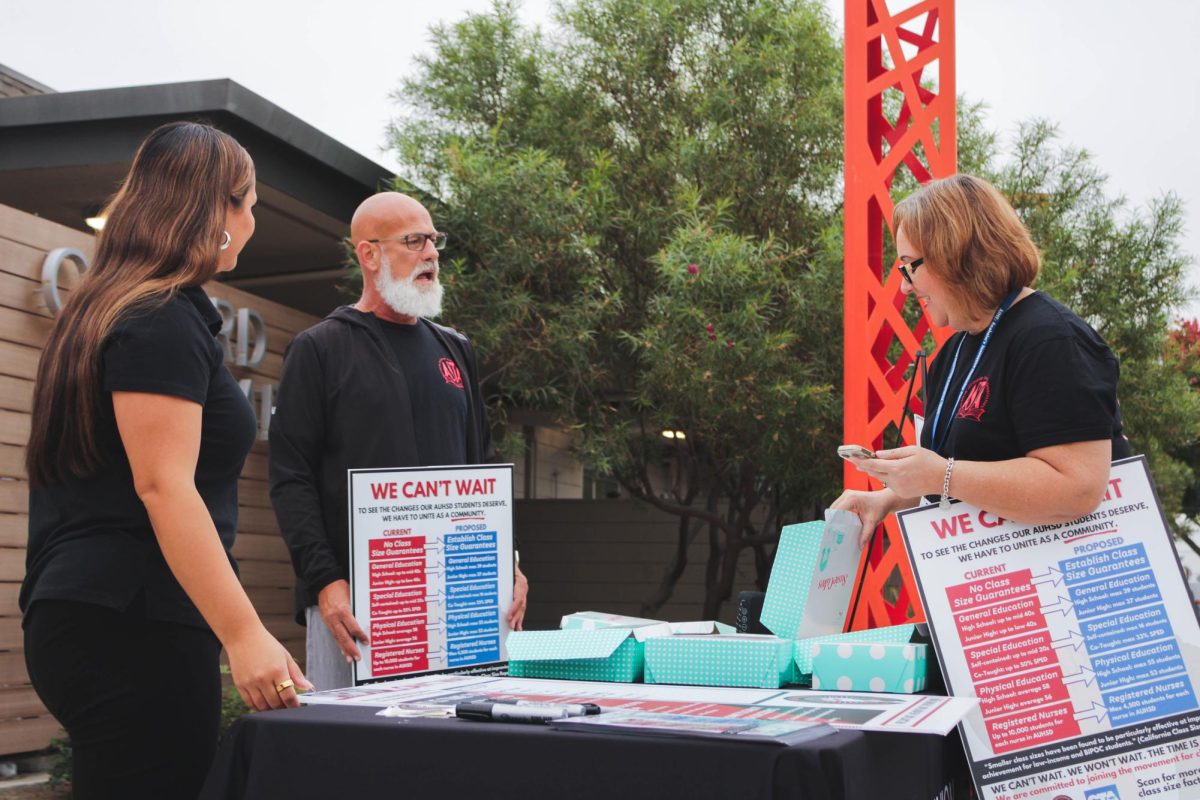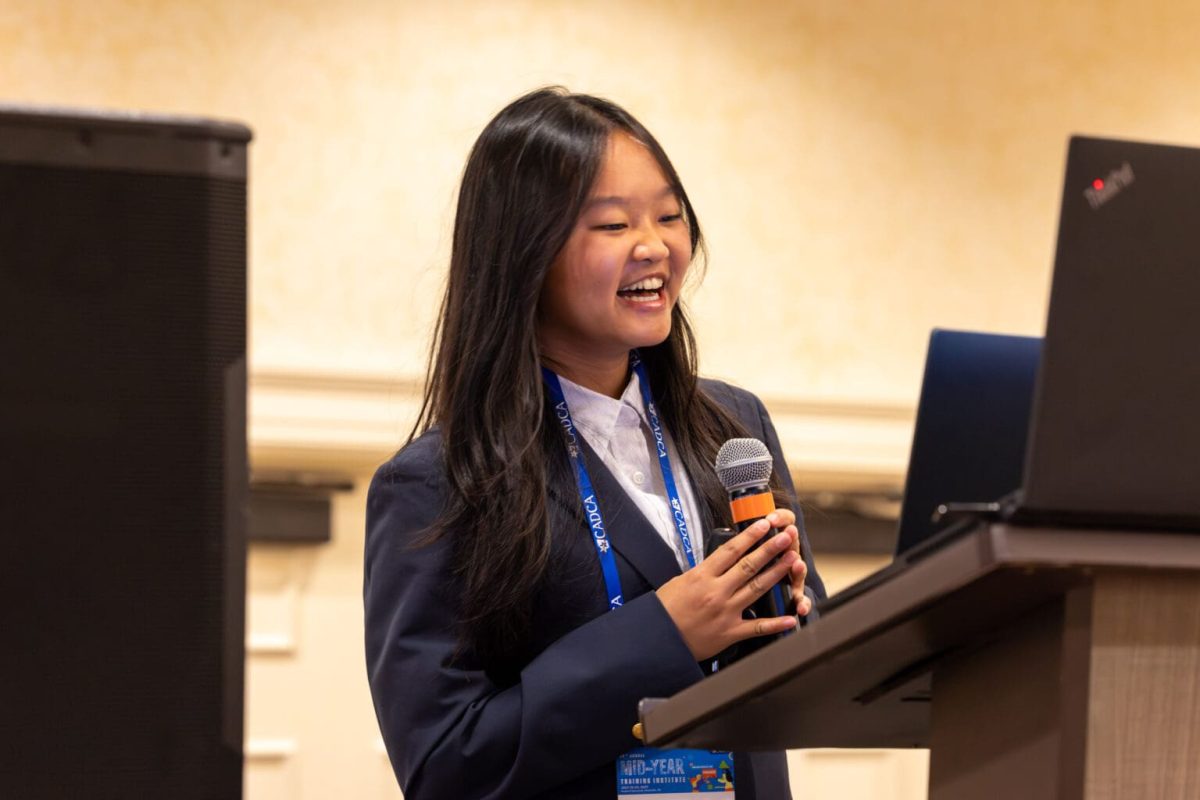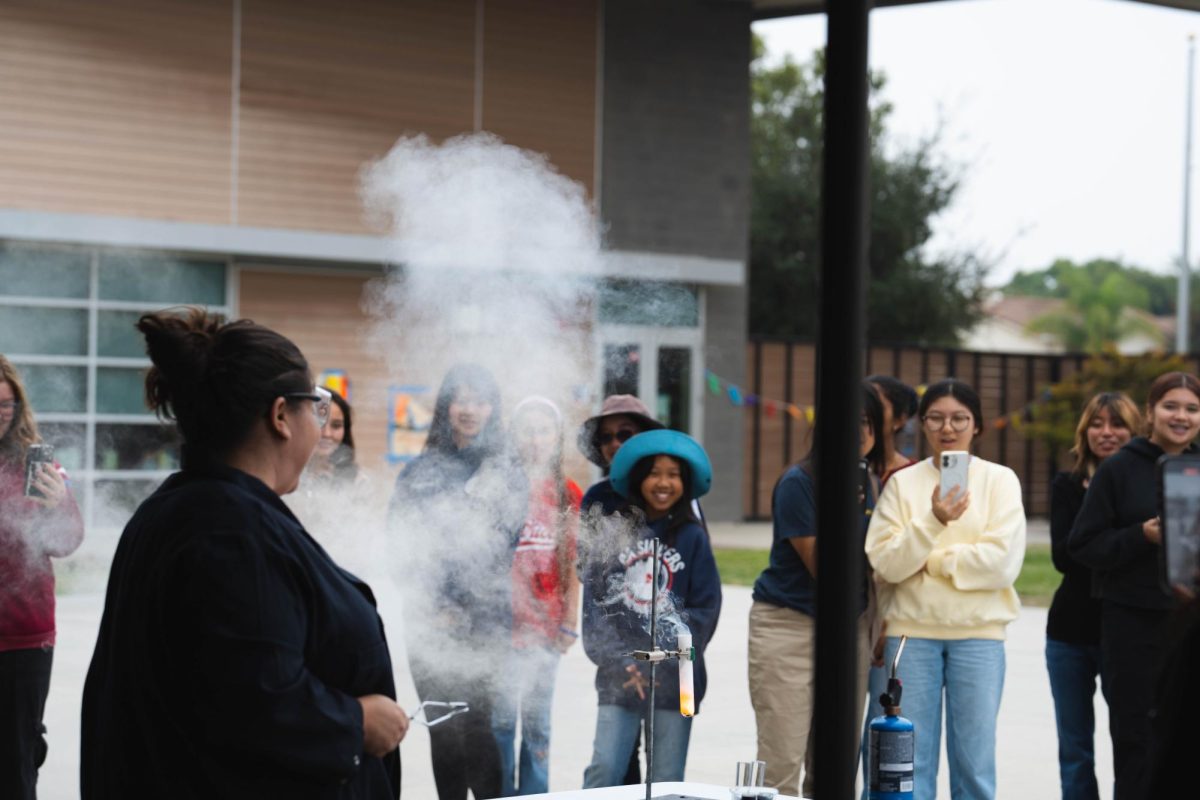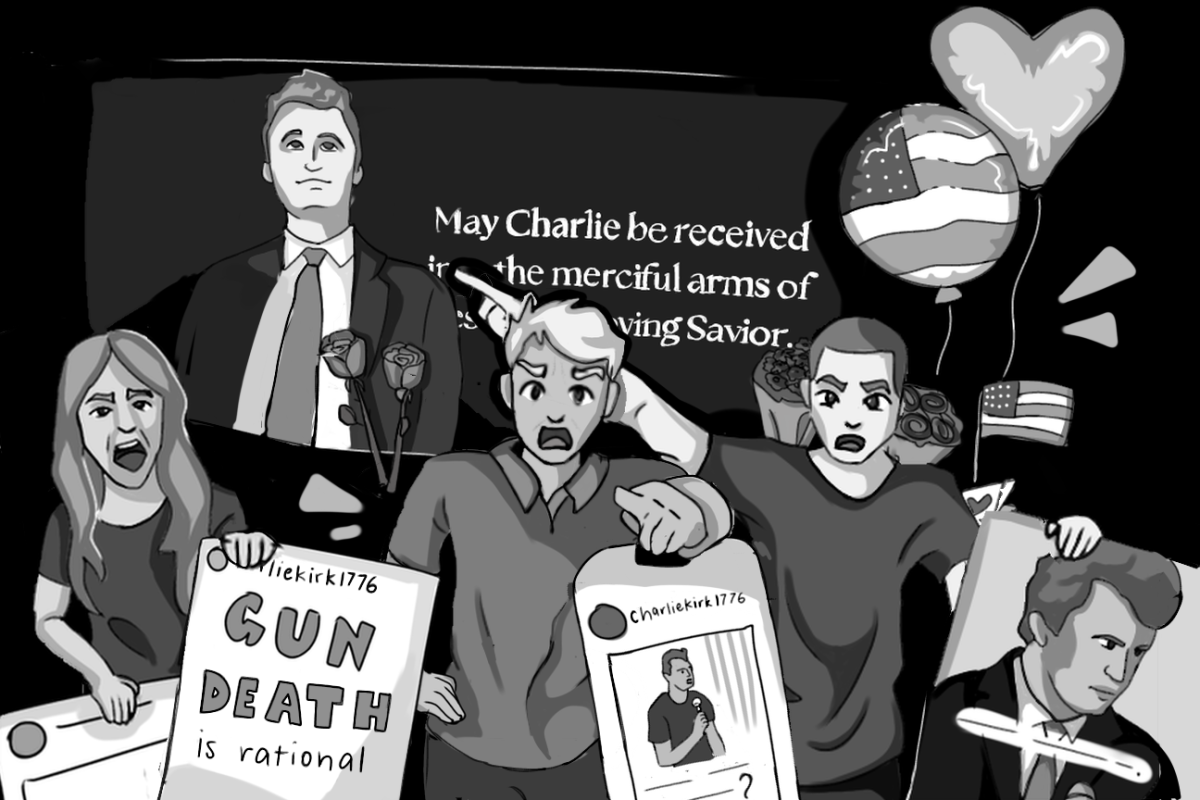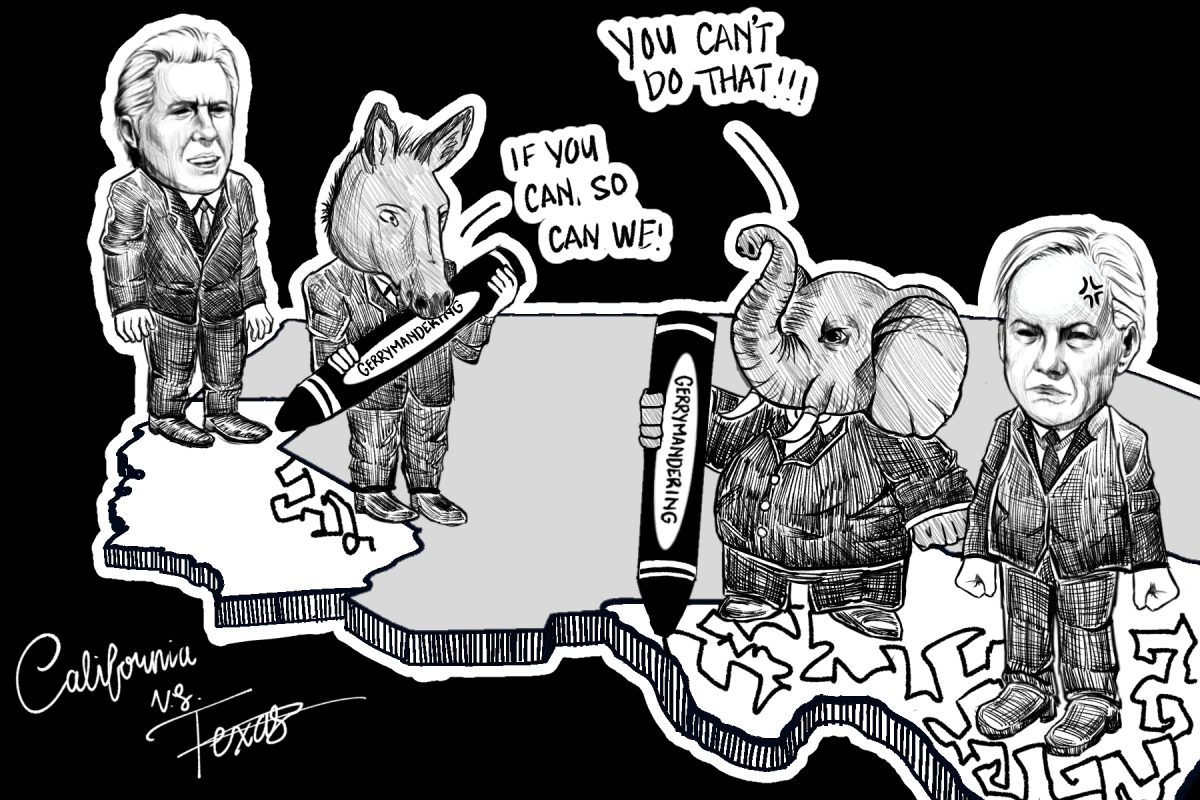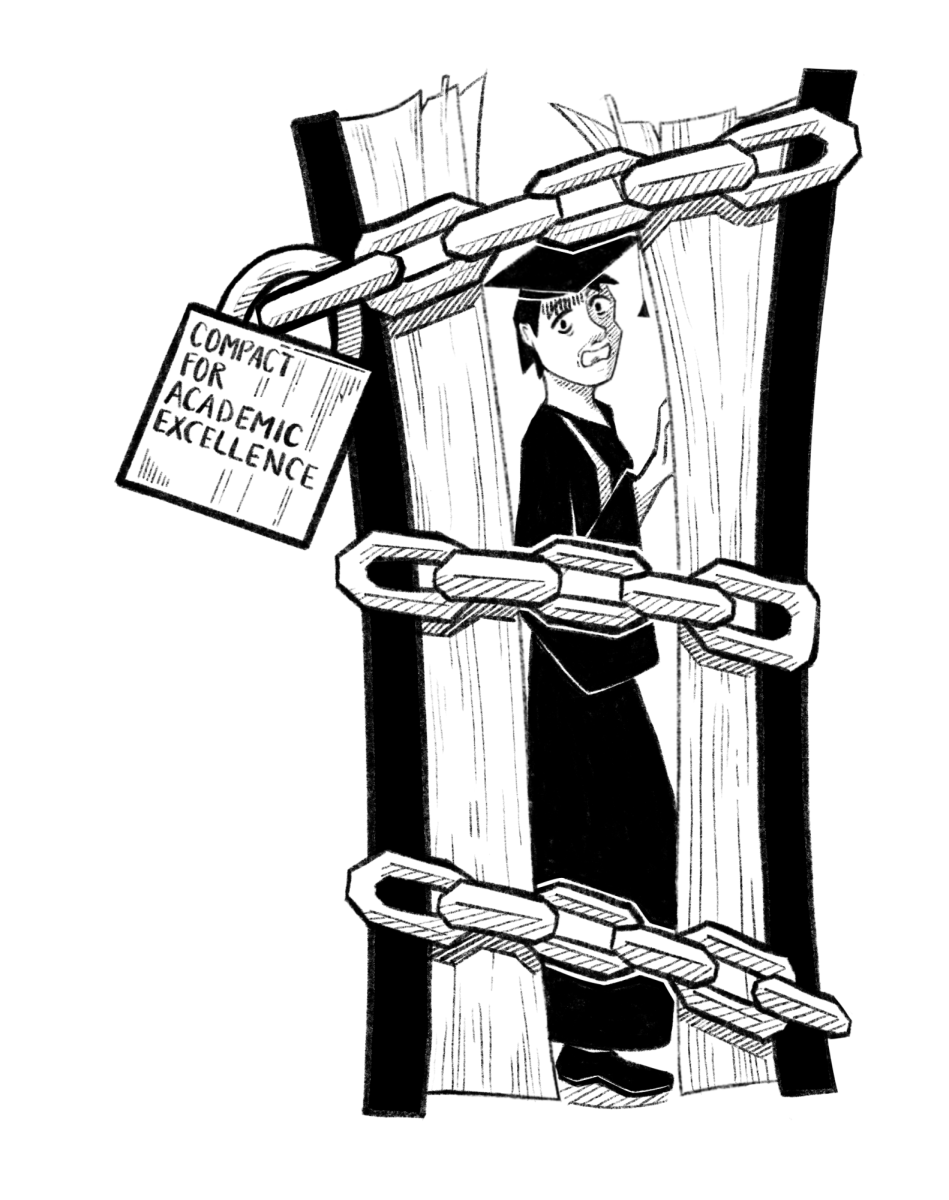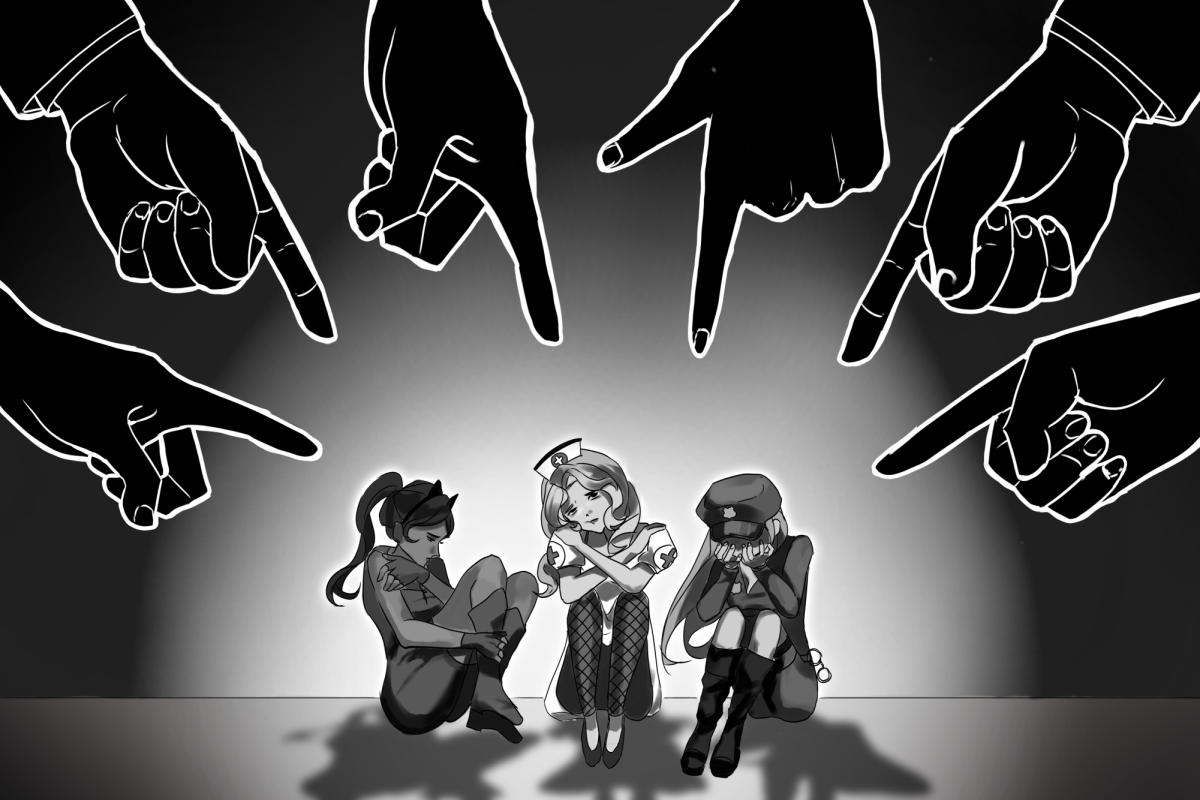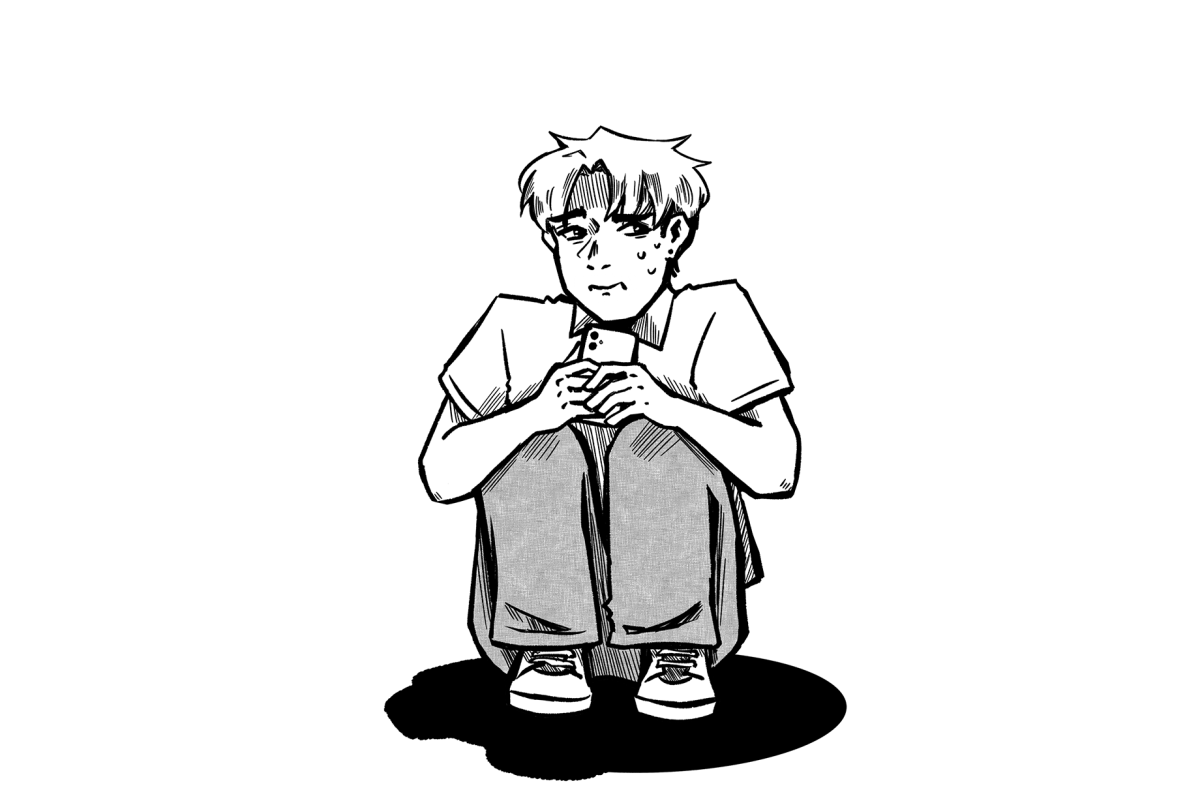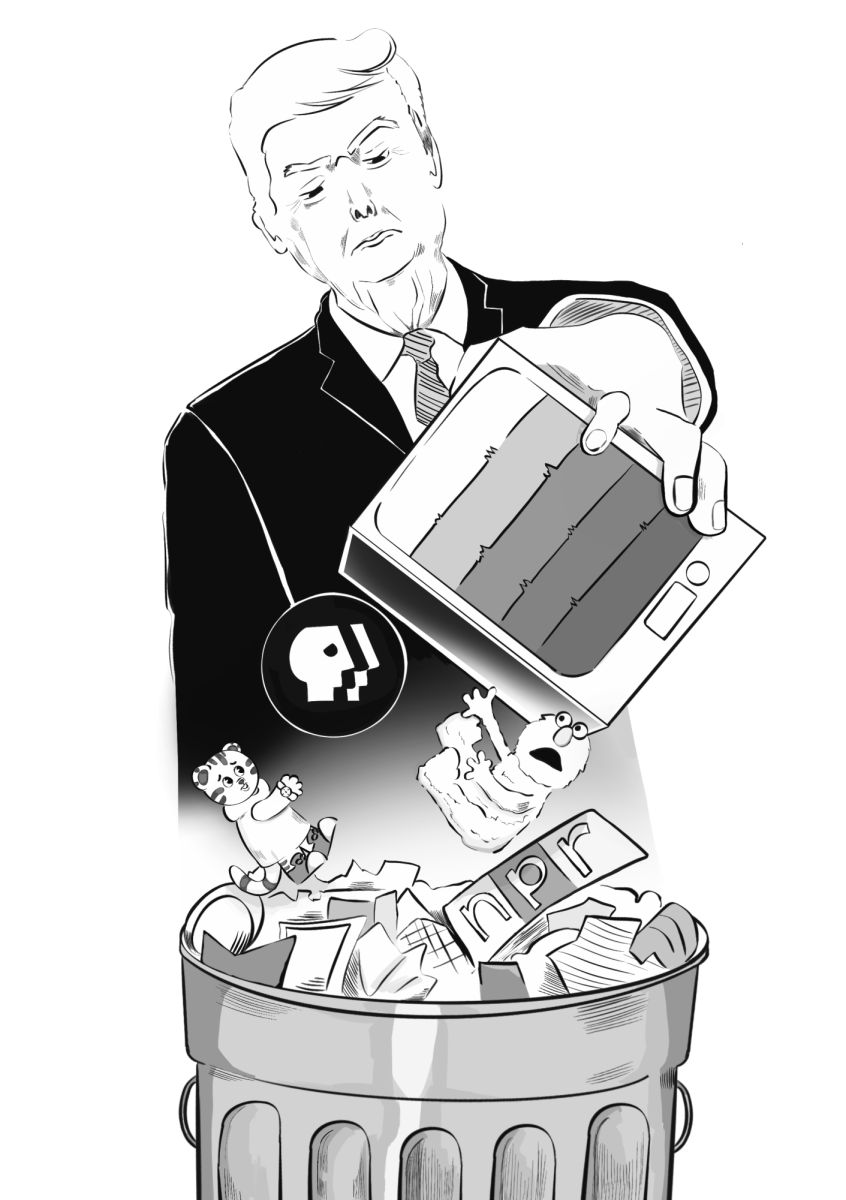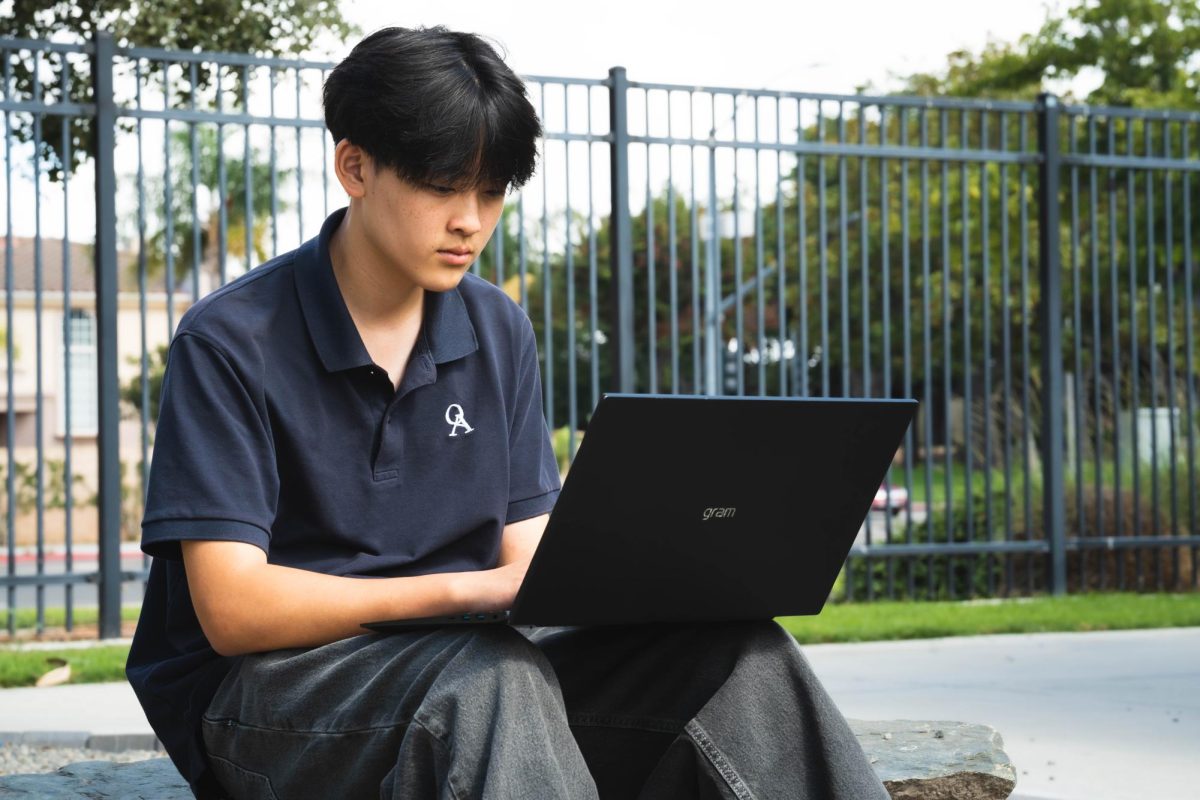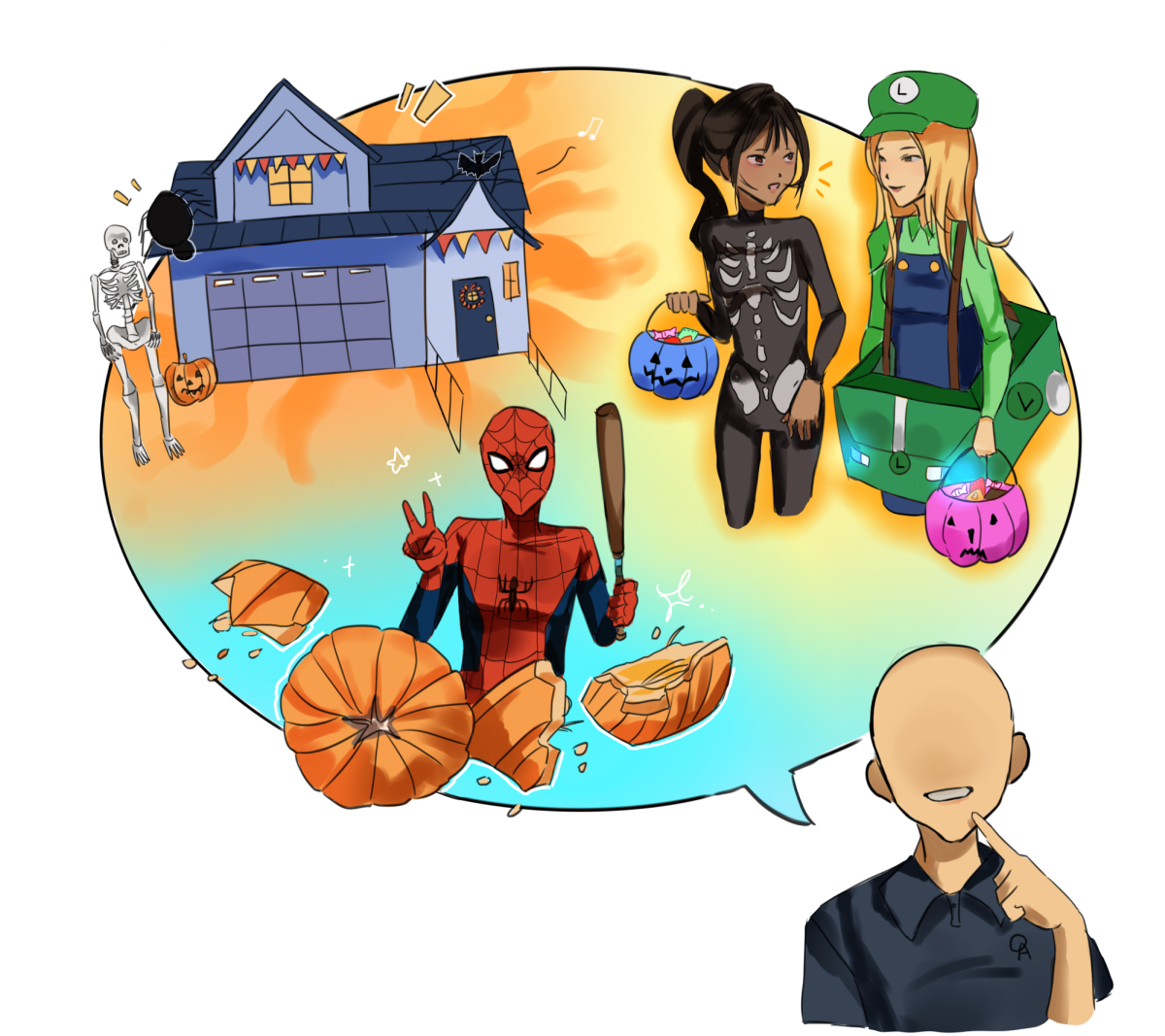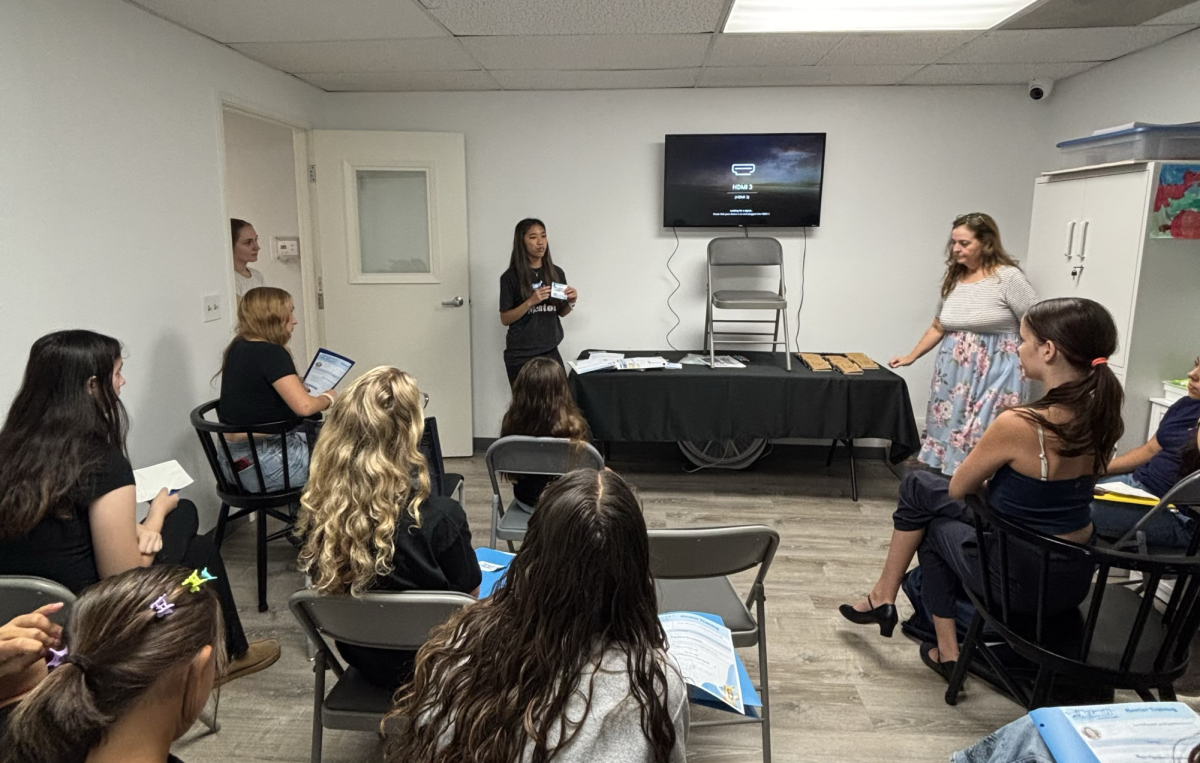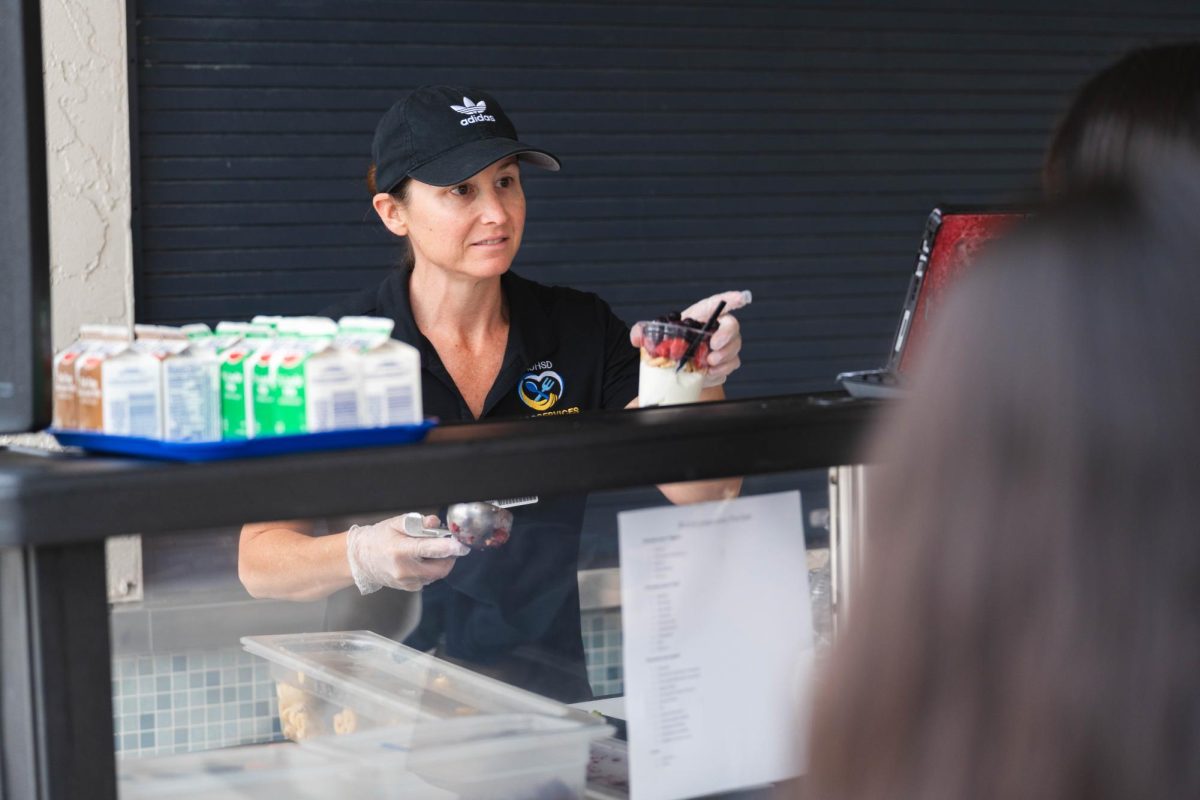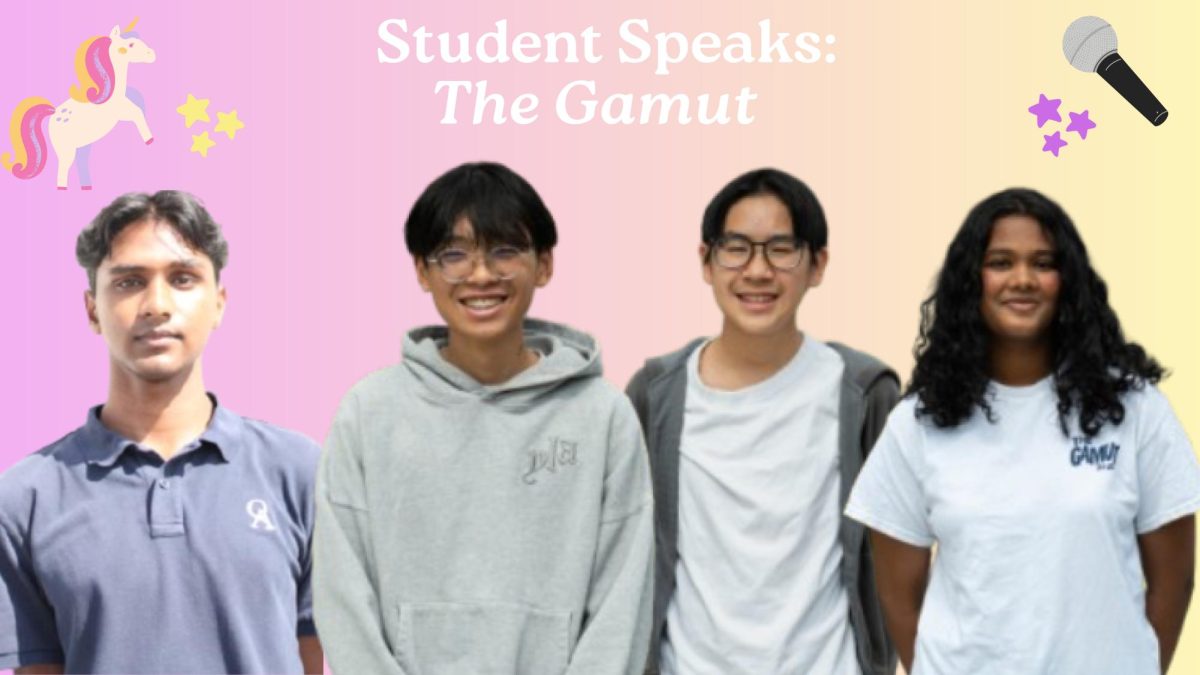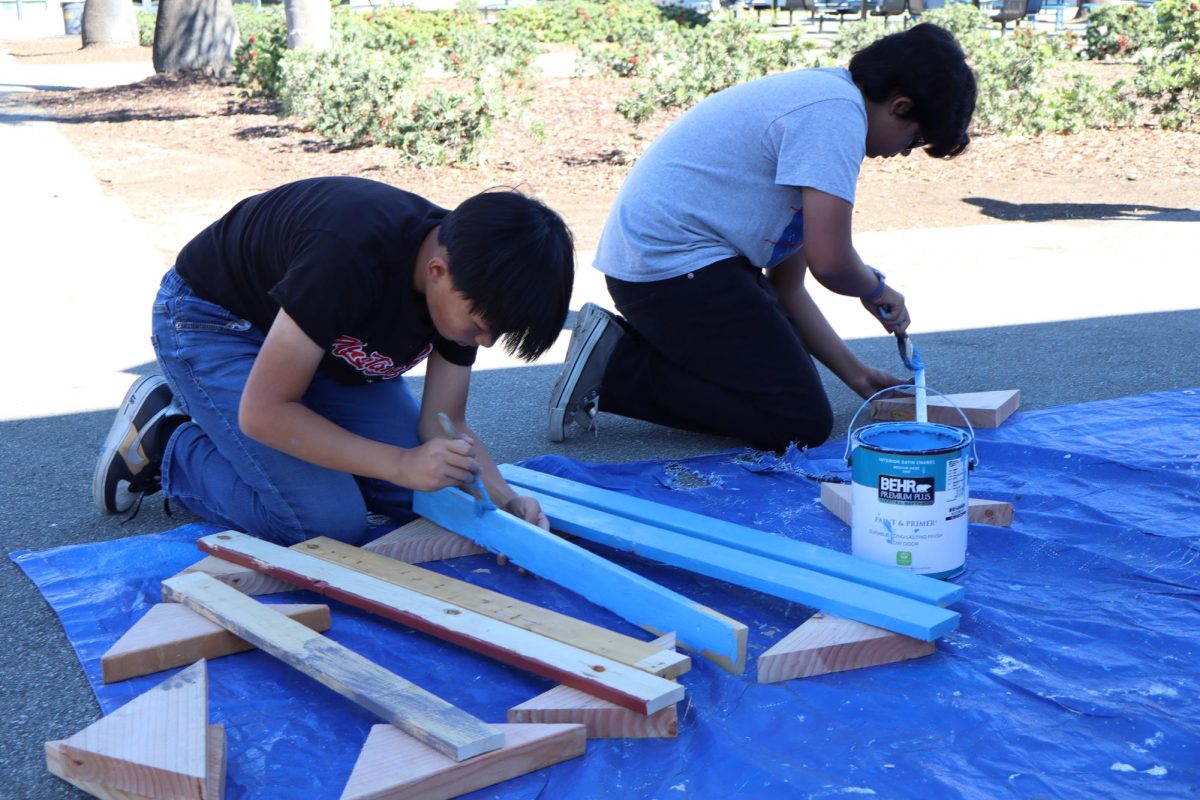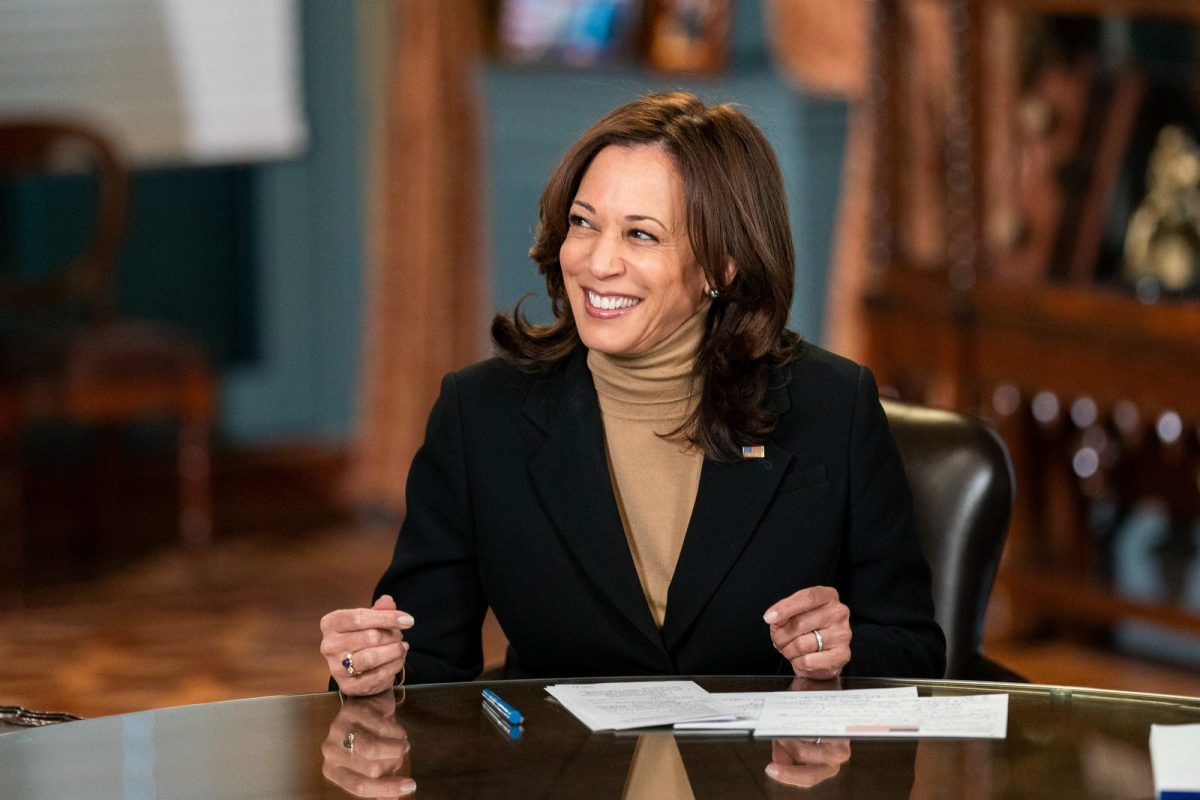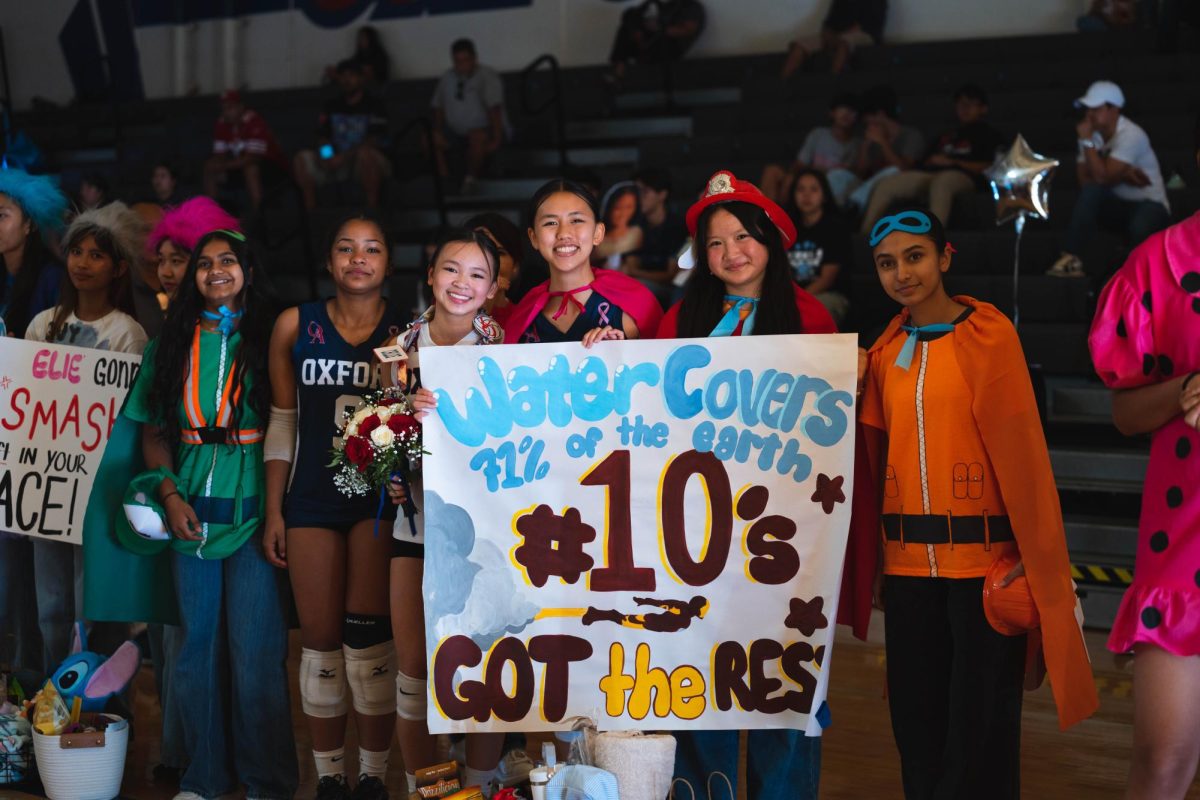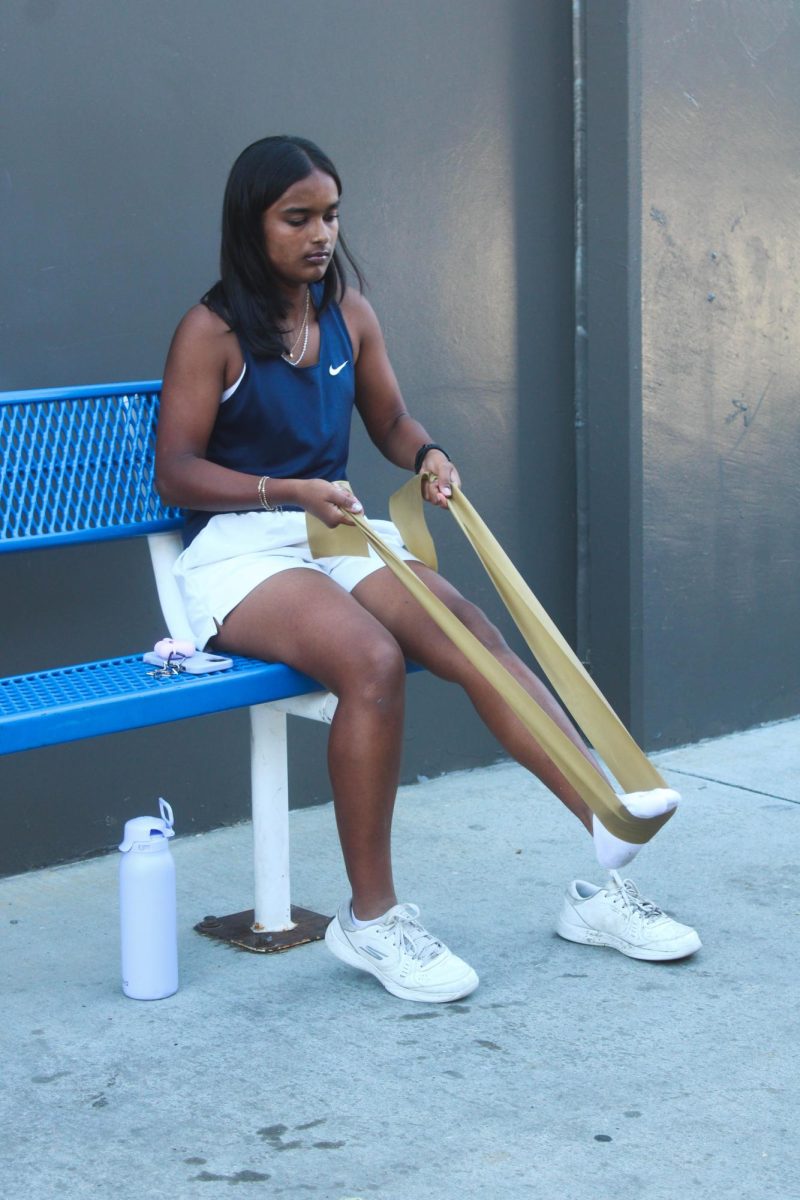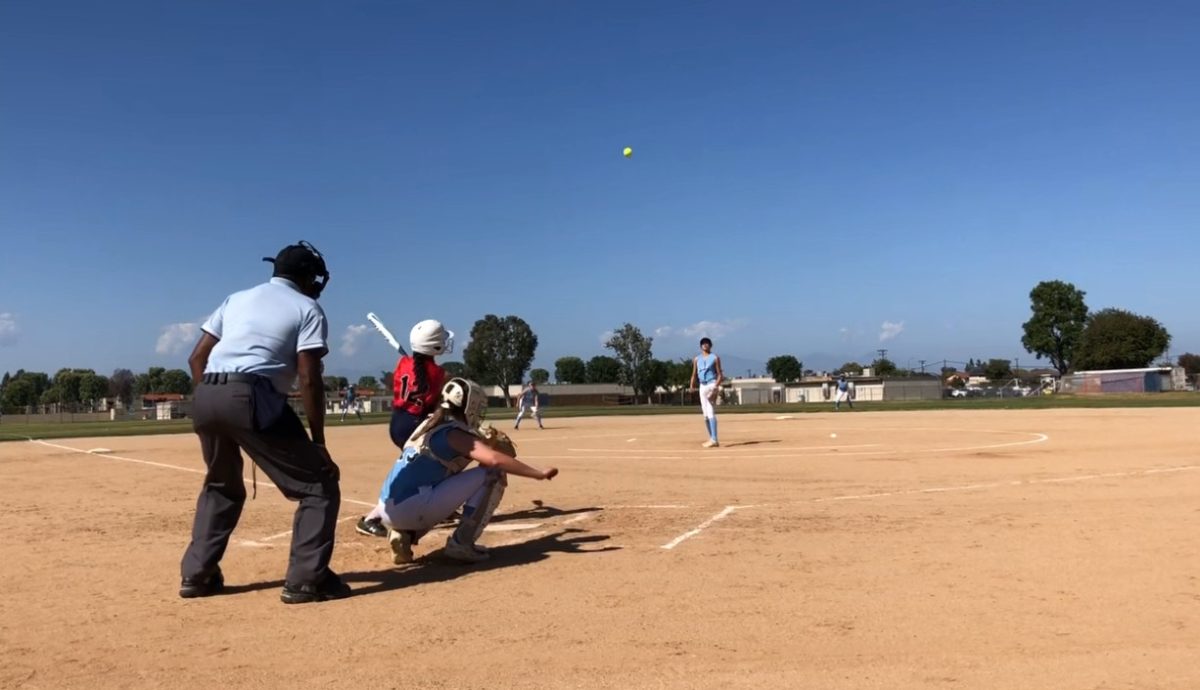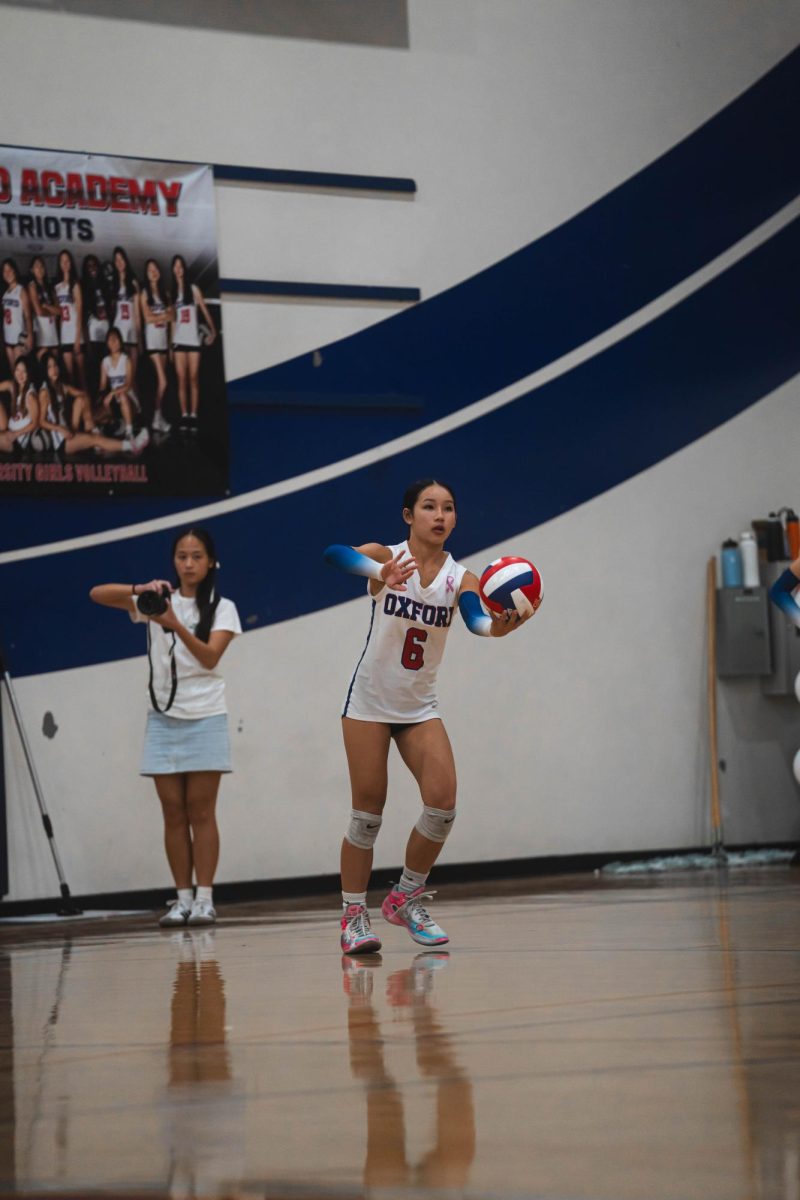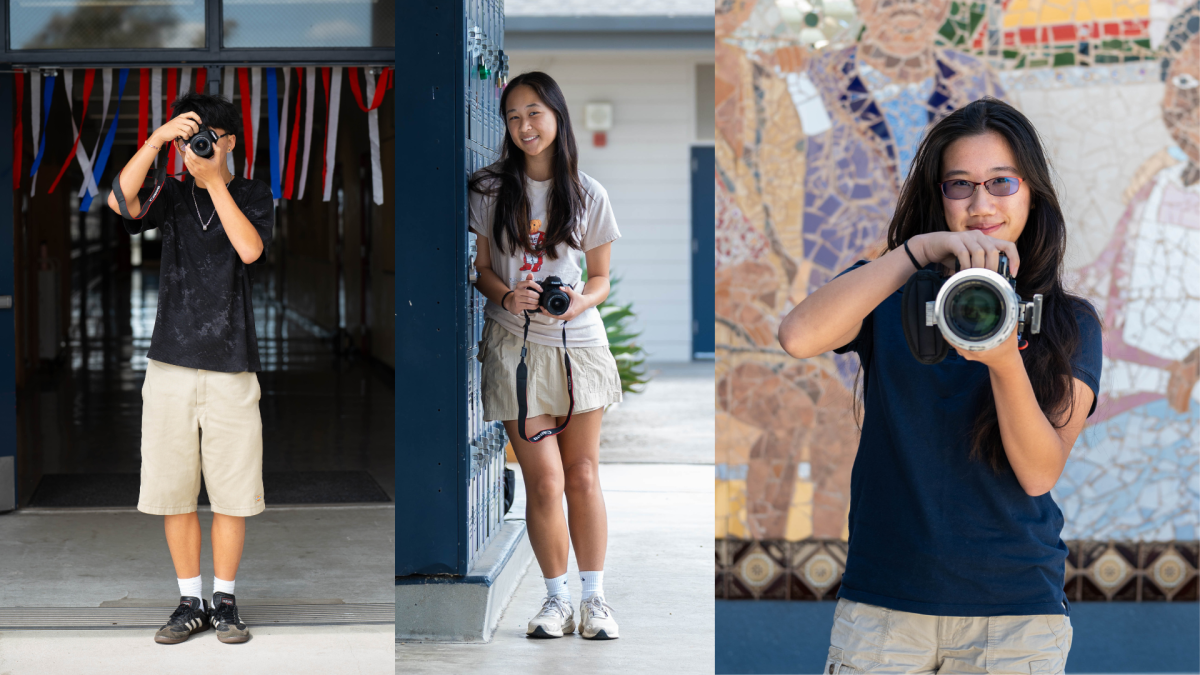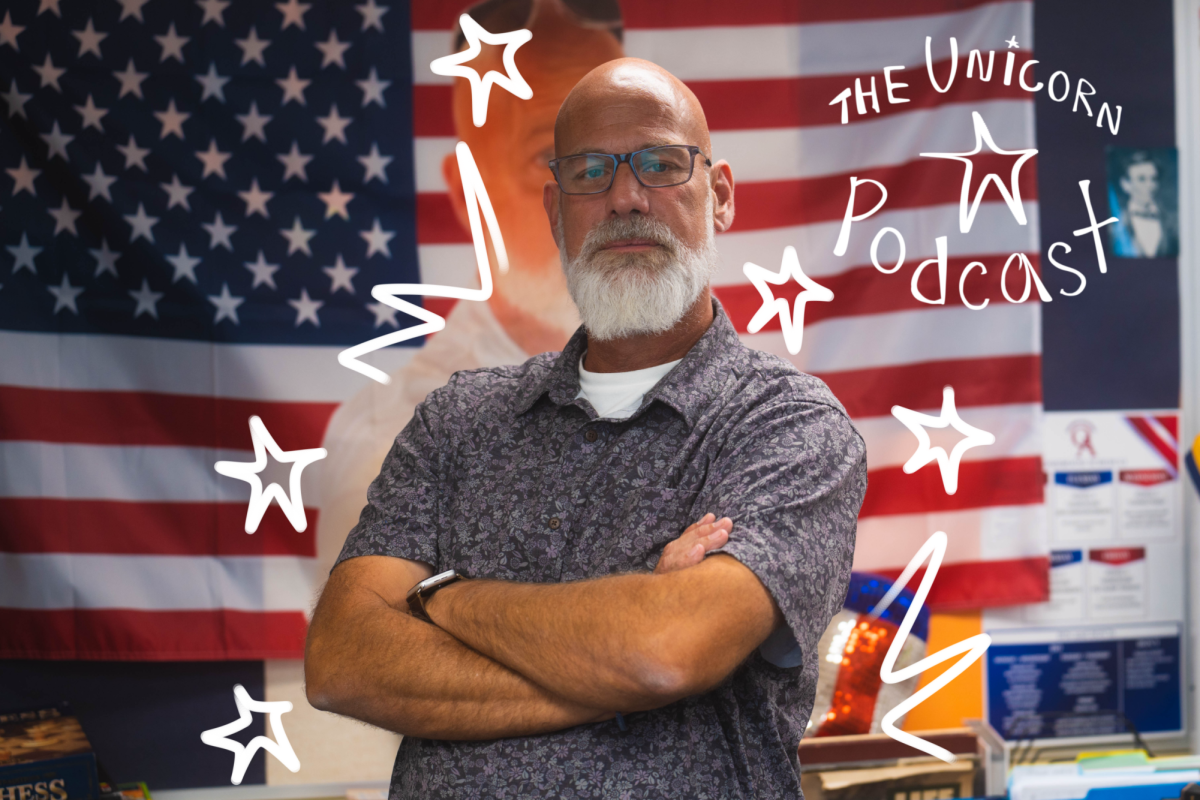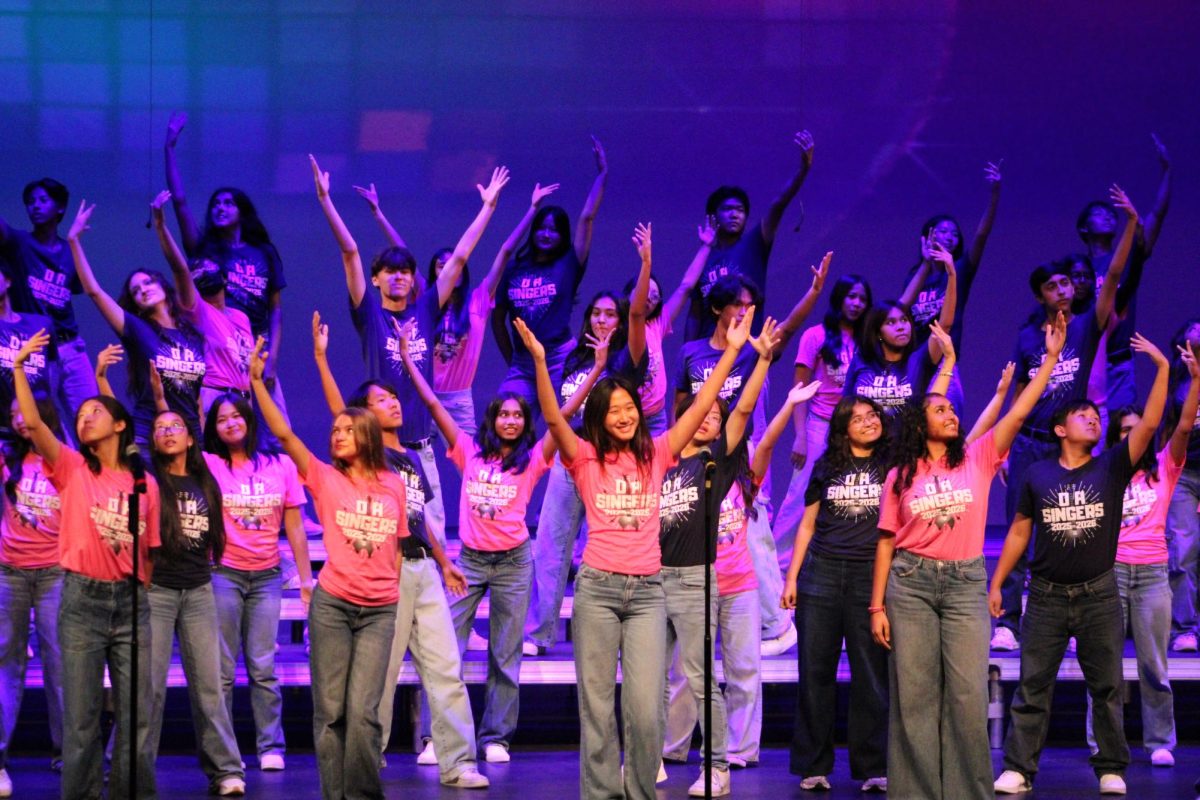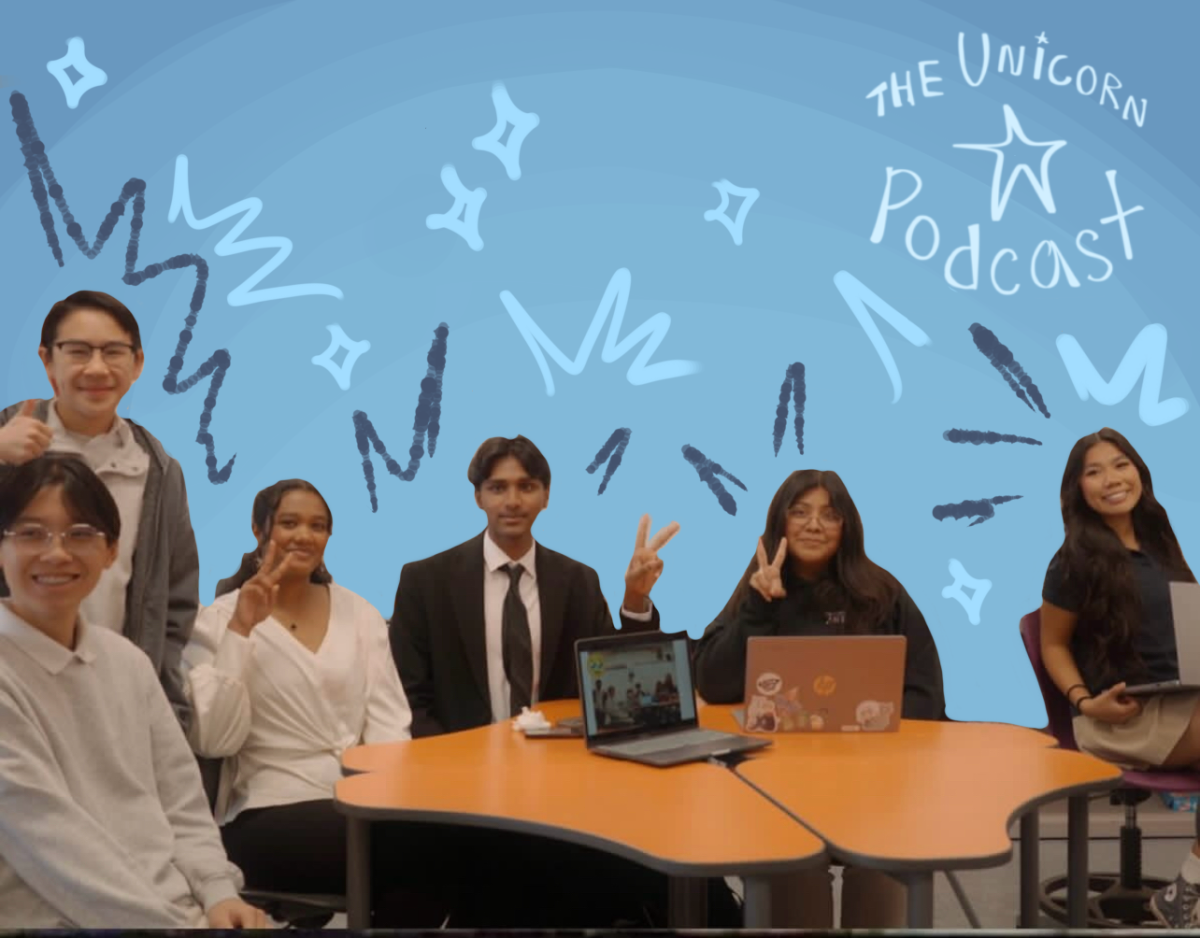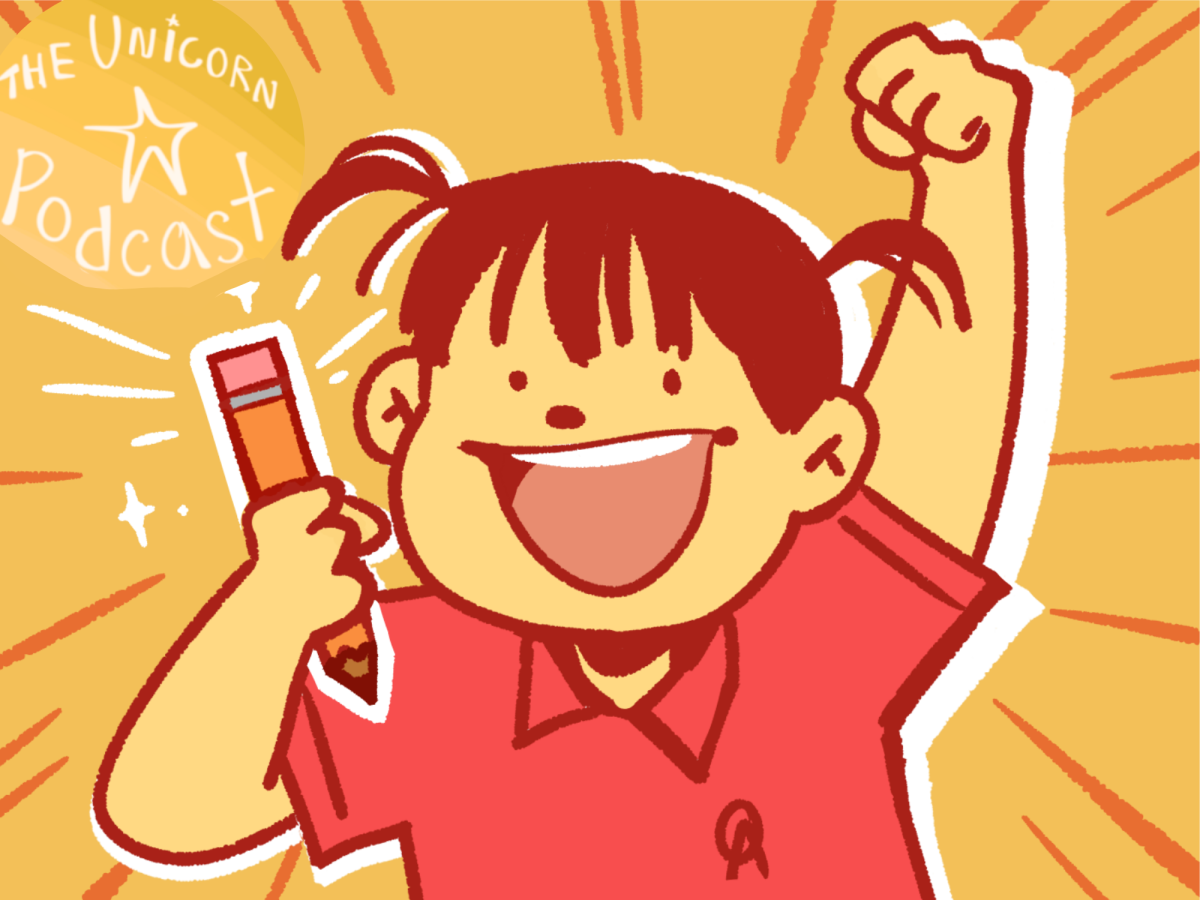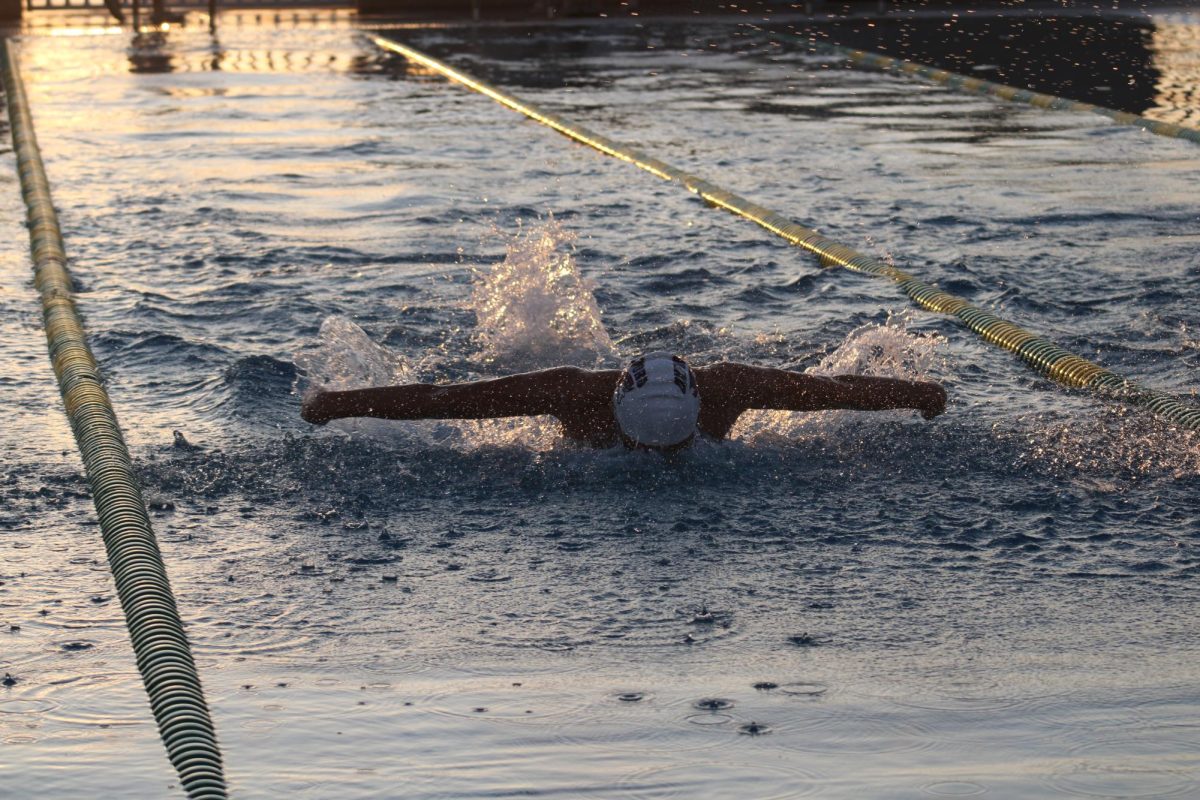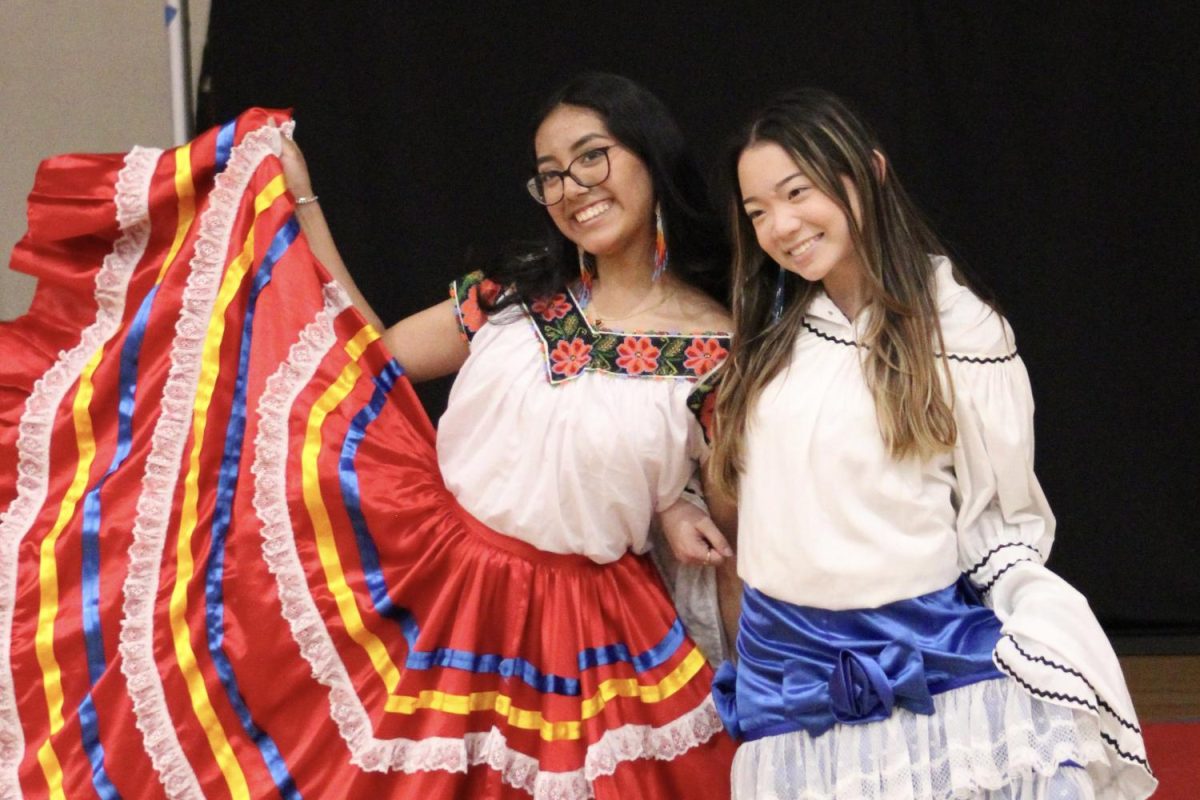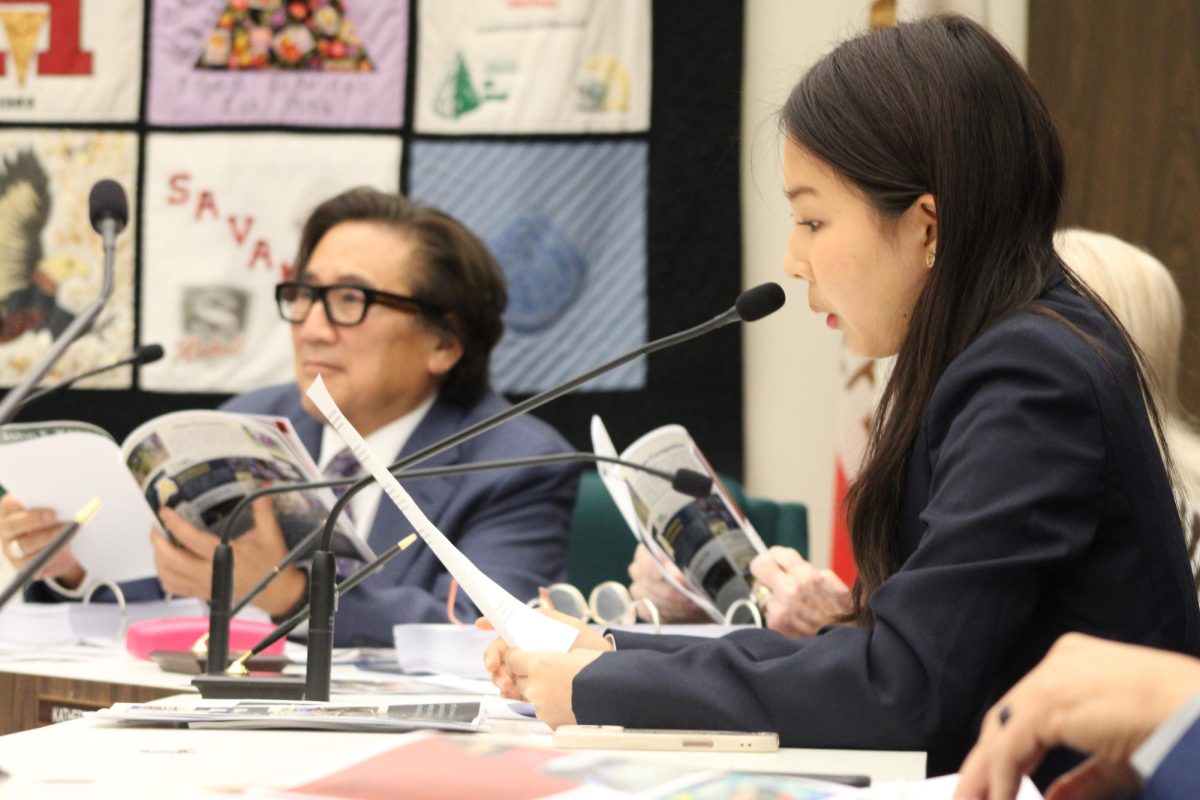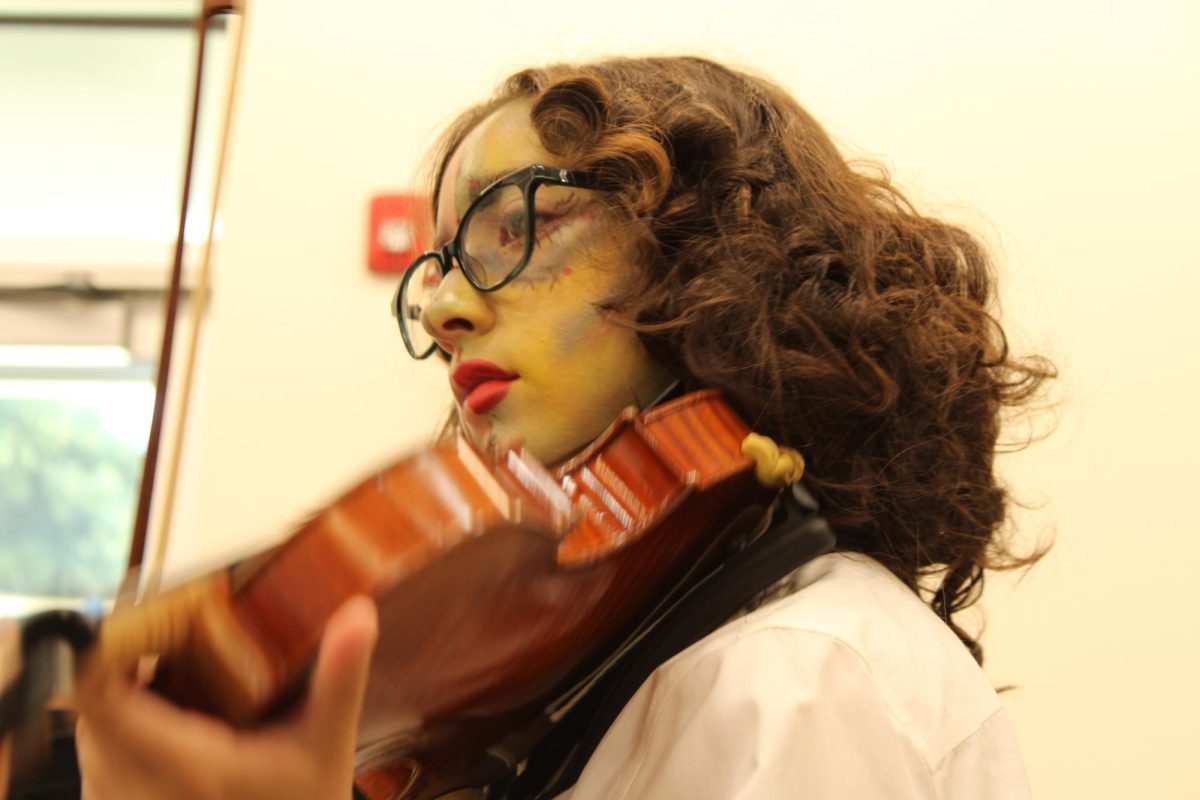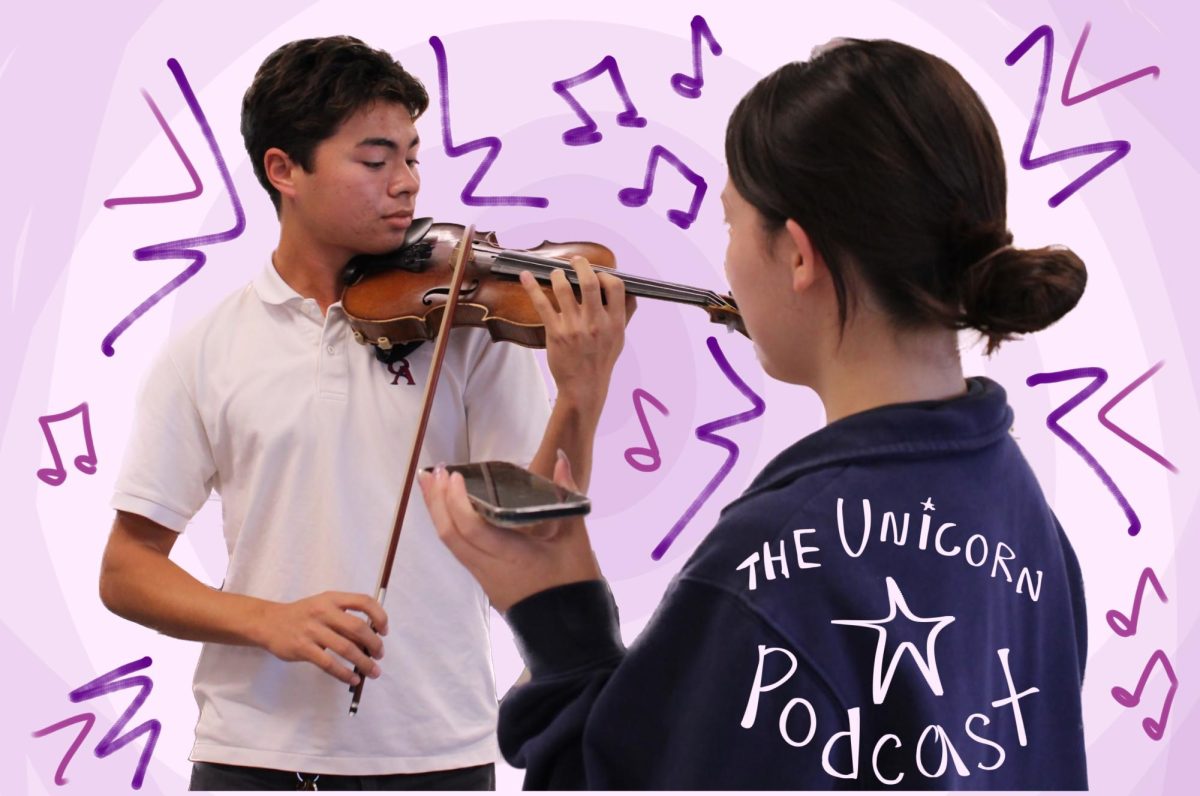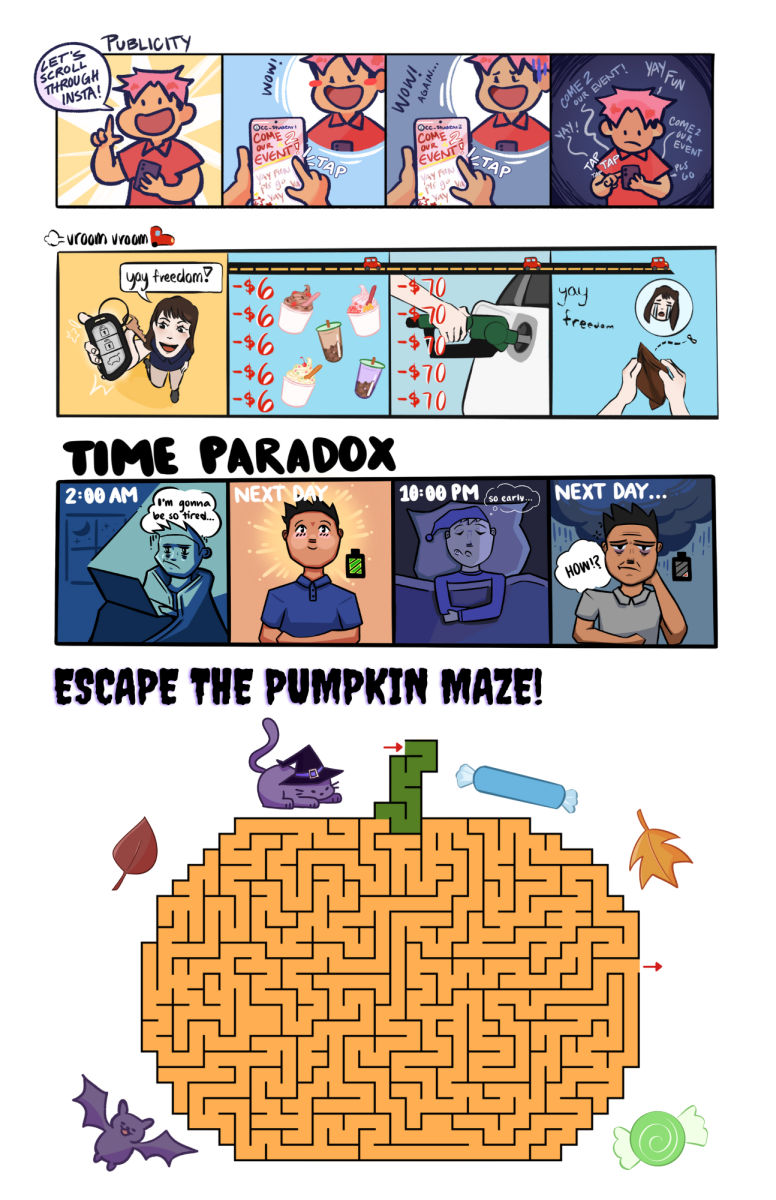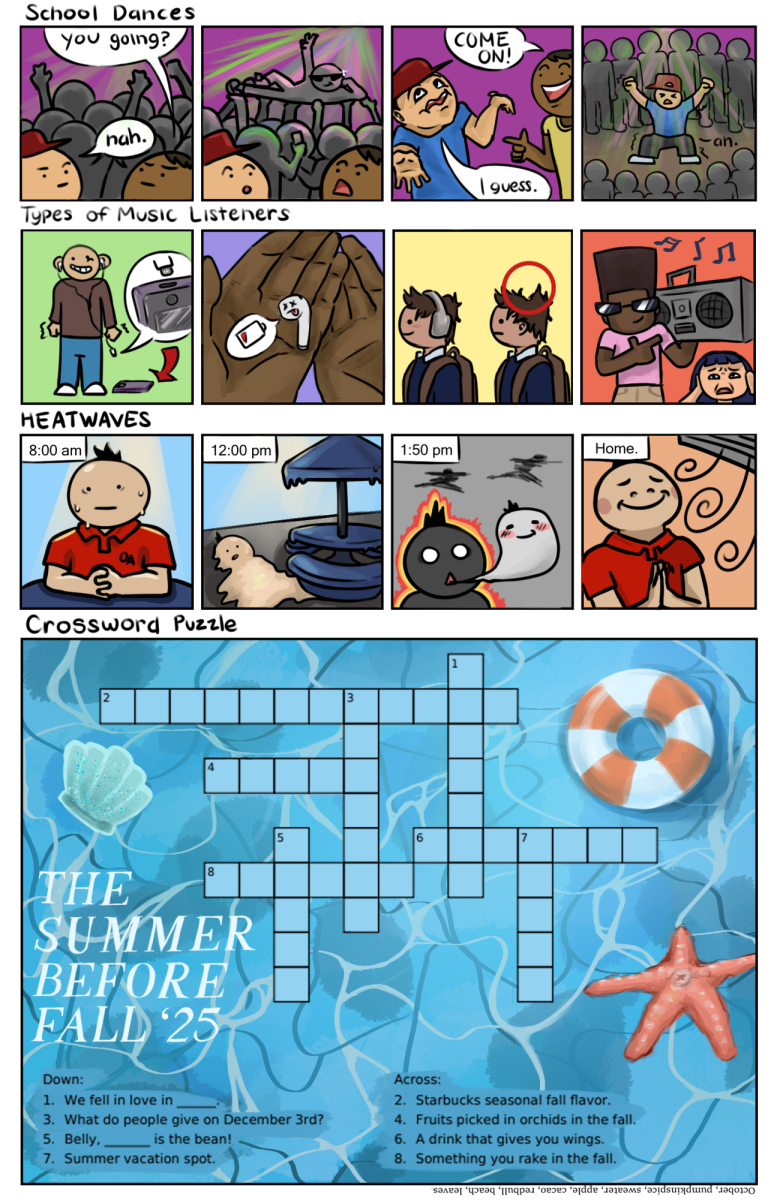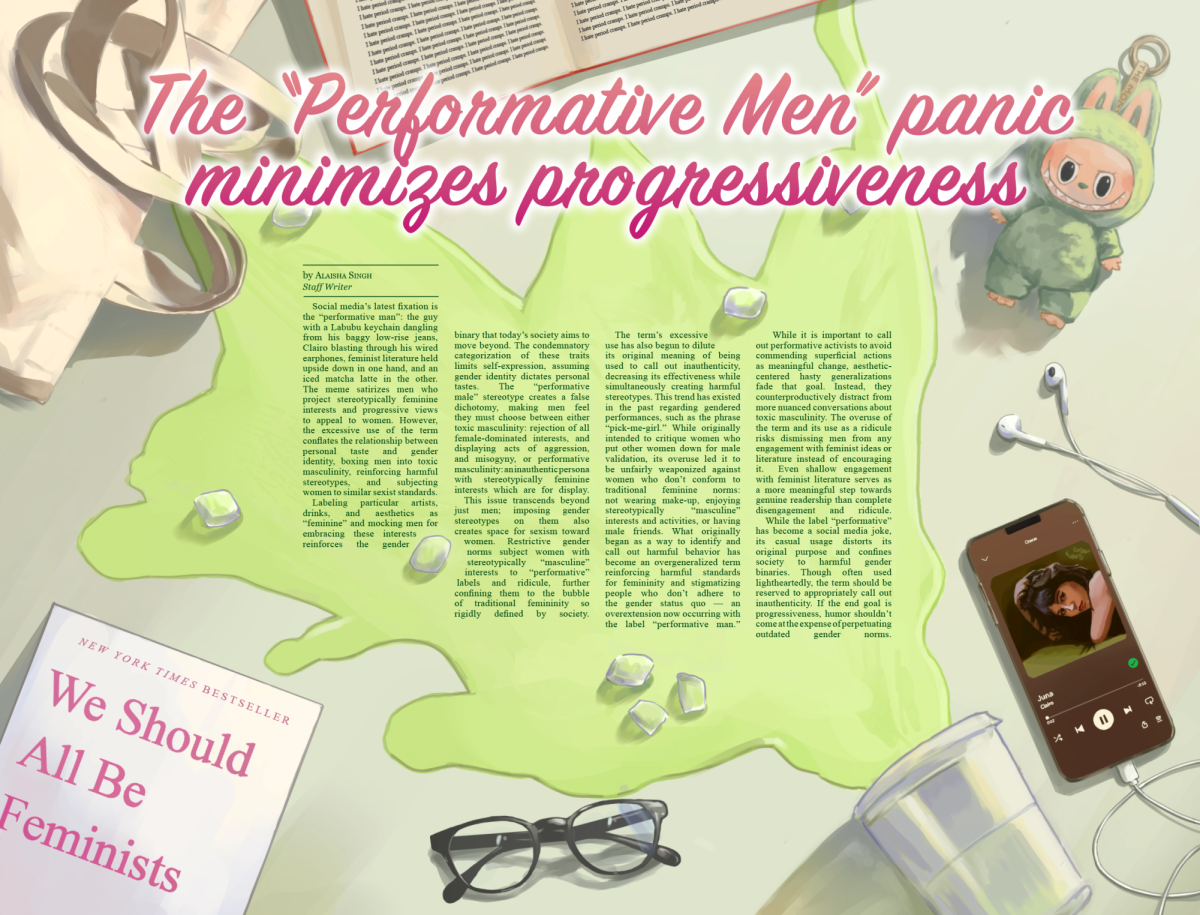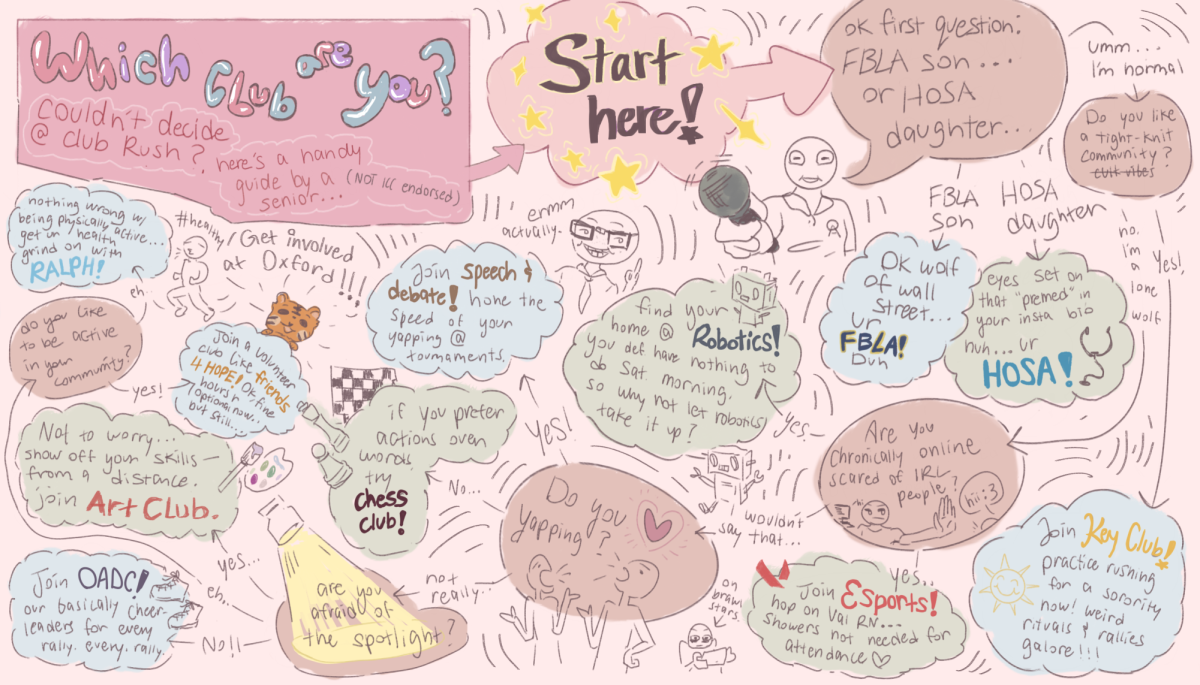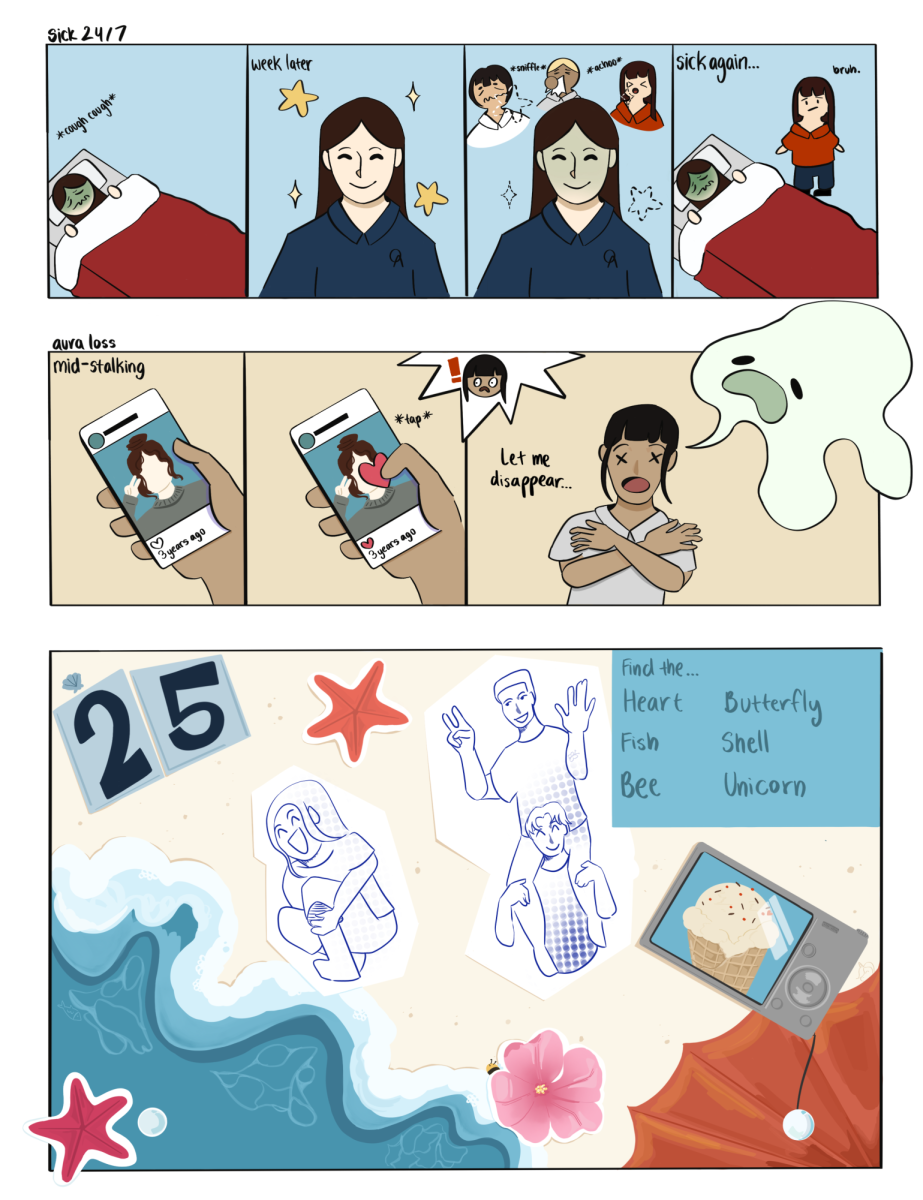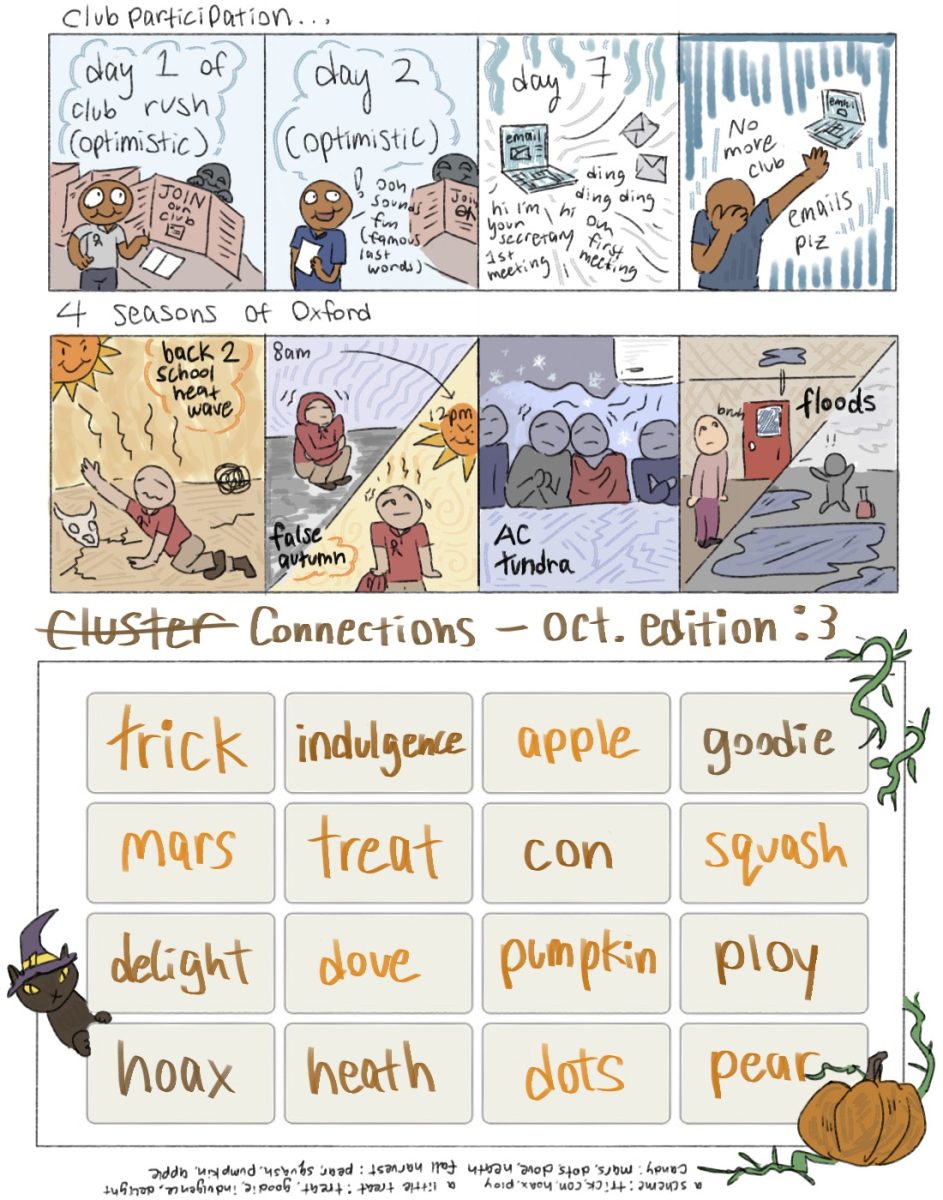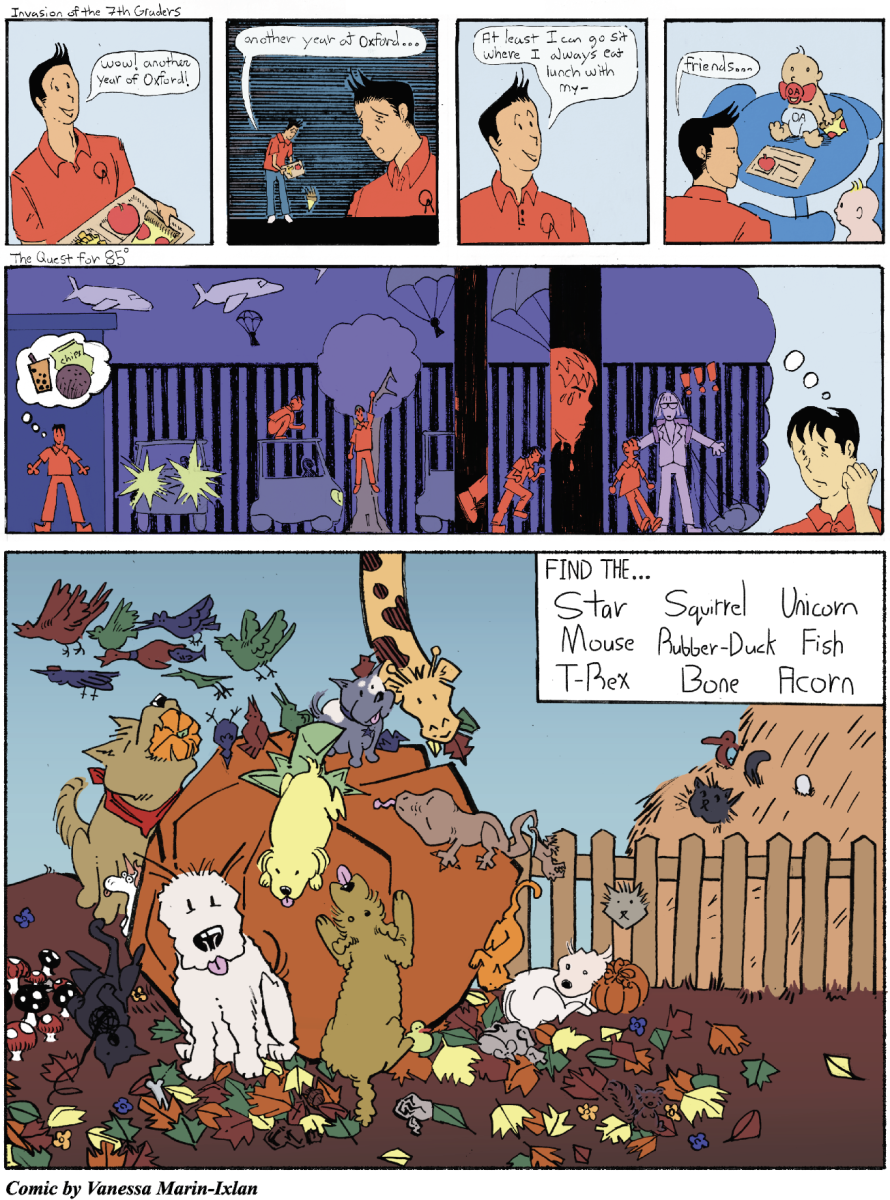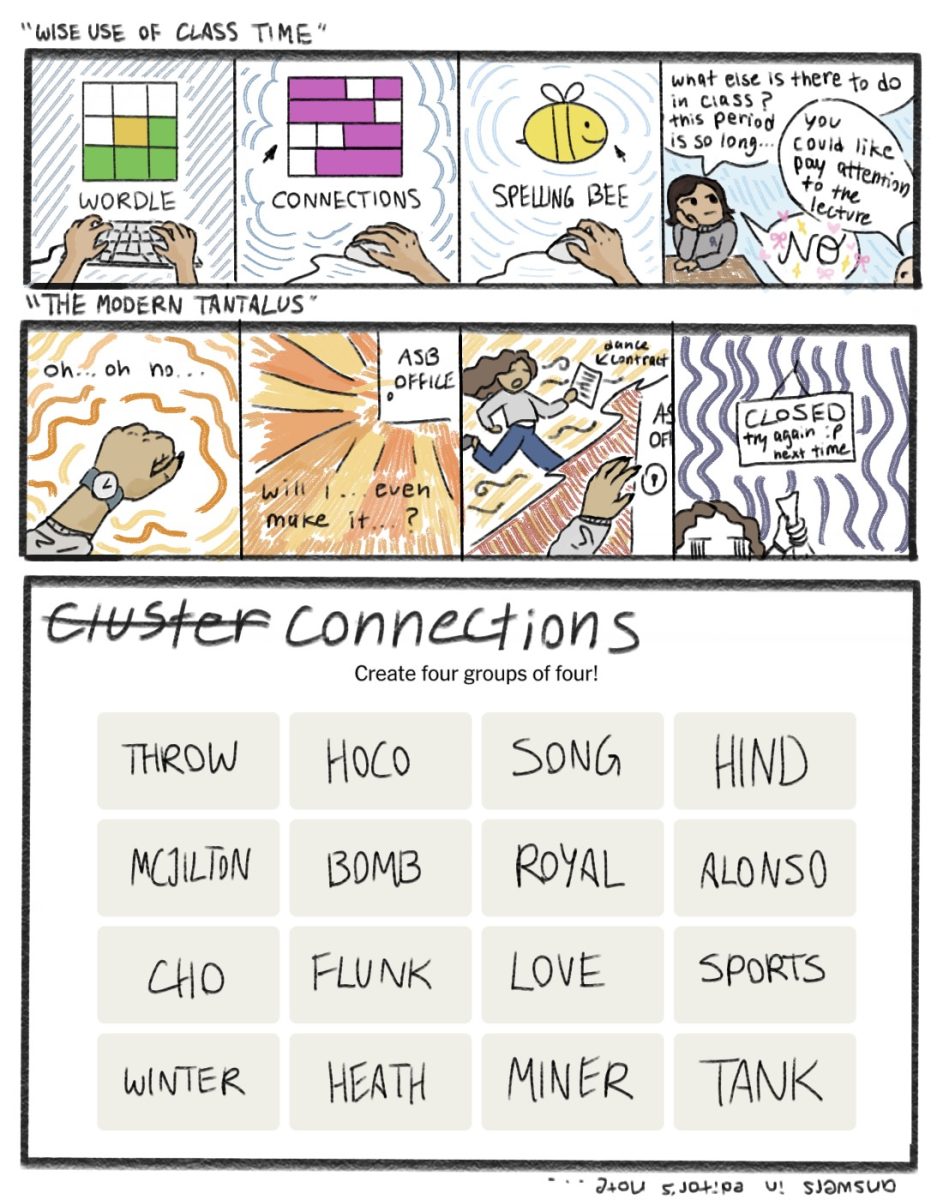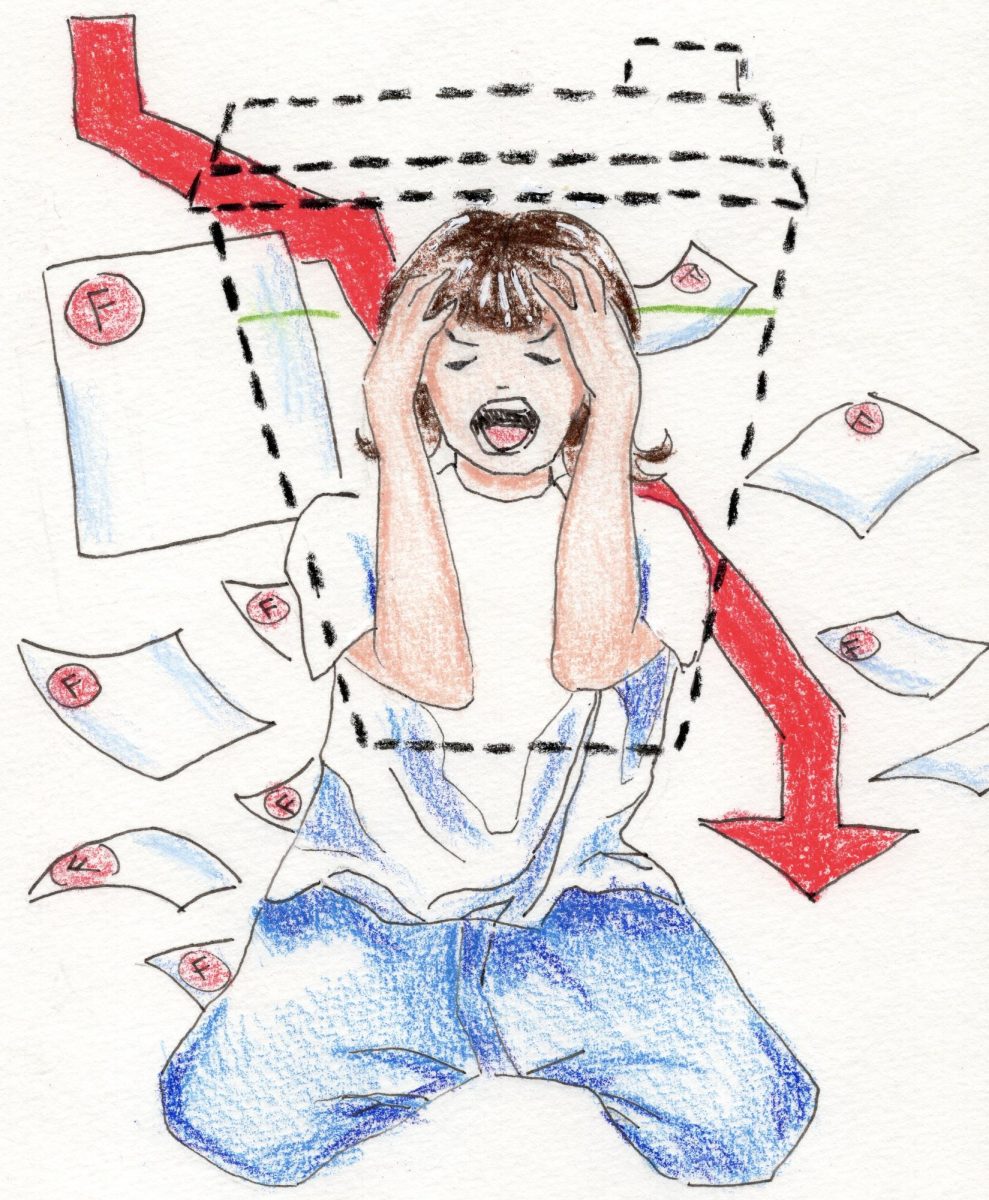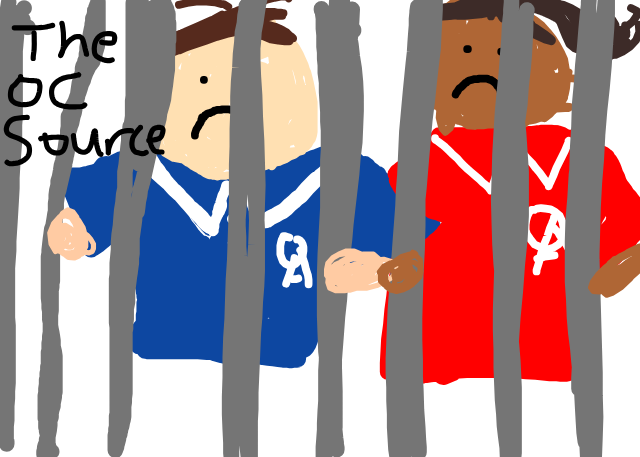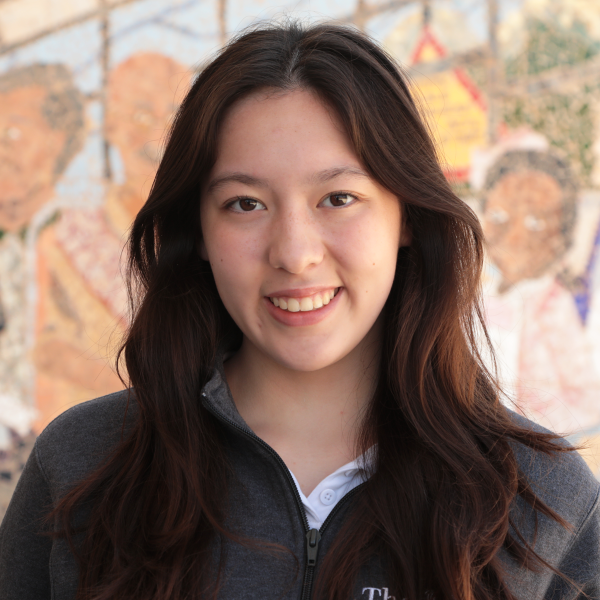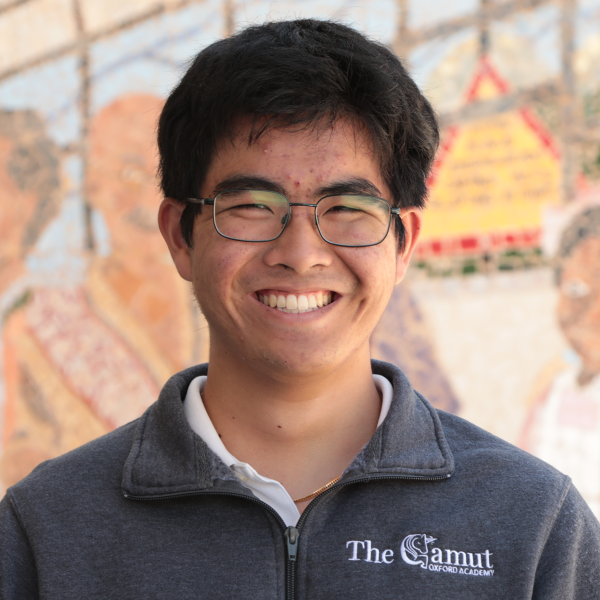When the final whistle blows, most people only see the game on the field: the scoresheets, the stats, the celebration. What they don’t see are the hidden battles and months of work athletes face when injuries derail their seasons. For many Oxford student athletes like Mindy Dang and Sadhvi Irava, injuries have gone beyond physical setbacks, testing not only muscles and ligaments but also heart and determination.
Sports are integral to many young athletes’ identities. When injuries strike, the loss can be devastating. According to Oxford’s athletic trainer Courtney Flynn, the biggest challenge for injured athletes often isn’t the pain itself, but the mental toll.
“I understand how it is. You don’t want to stay out.” Flynn said. “But when it comes down to it, I have to make sure they’re being safe and not making things worse.”
Sophomore Sadhvi Irava experienced this first-hand when she sprained her ankle at the beginning of this year’s tennis season.
The fear of a long-term injury and every day difficulty of walking properly made the injury a struggle both physically and mentally. Physical therapy with Flynn after school and support from Coach Nathan Taylor and teammates helped her persevere, though. Despite the challenges, Irava has found a silver lining: the realization of how much she valued playing tennis.
“Now, I just really want to play — that’s my main goal. I remember before this injury, I was kind of stressed about tennis and it being so time-consuming. But after, I realized how important tennis was to me,” Irava said. “You never really fully appreciate something until you lose it.”
For senior Mindy Dang, the recovery was even longer. What appeared to be a minor sprain sustained the summer before her junior year turned out to be a torn ACL and meniscus requiring months of surgery and recovery.
“At first it’s really sad, once you realize you have a big injury,” Dang said. “But I had a good surgeon who reassured me that I would go back to my sport, [making sure to] tell me the recovery timeline, risks, and my best options.”
Even after her initial surgery, complications forced Dang to restart her recovery multiple times.
“It seemed every time I would regain strength and mentality, something wrong would happen. I’d have to redo the process over and over again, that was mentally draining,” Dang said. Nevertheless — with the encouragement and patience of her teammates and supporters — she persevered.
After months spent recovering, regaining strength, and re-learning how to walk, Dang is nervous but excited to come back to basketball. Having already joined and thrived in Oxford’s golf team this fall, Dang is all-around ready to compete.
“[Injuries] may seem hard now, but it will get better. And then you just keep working on it, go with the flow, trust the process. You will come back eventually,” Dang said.
Flynn emphasized that this was the kind of mindset athletes should embrace, as recovery can build resilience and passion that resonates far beyond the surface of the game, healing both body and mind.
“Don’t worry about what others think, just do what’s best for yourself,” Flynn said. “Focus on being healthy and strong and doing the best for your body.”
Injuries may sideline athletes temporarily, but as these students exemplify, recovery is its own kind of victory.


